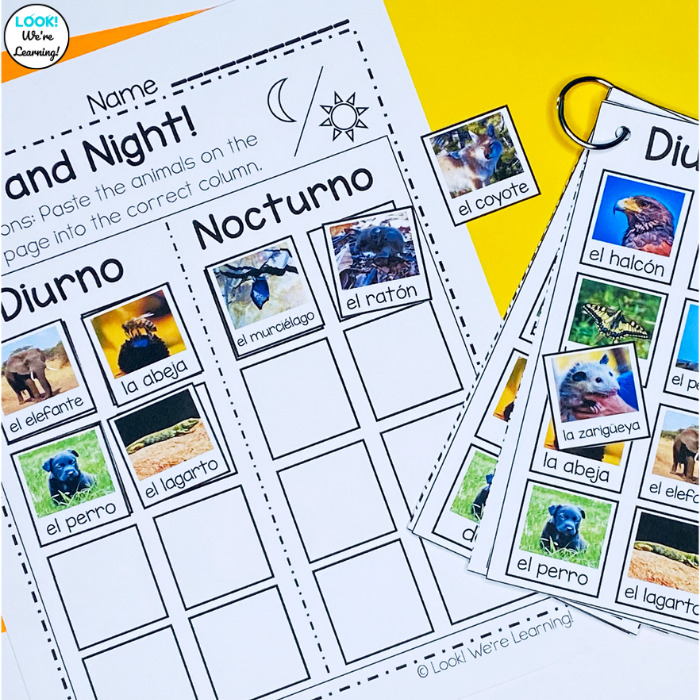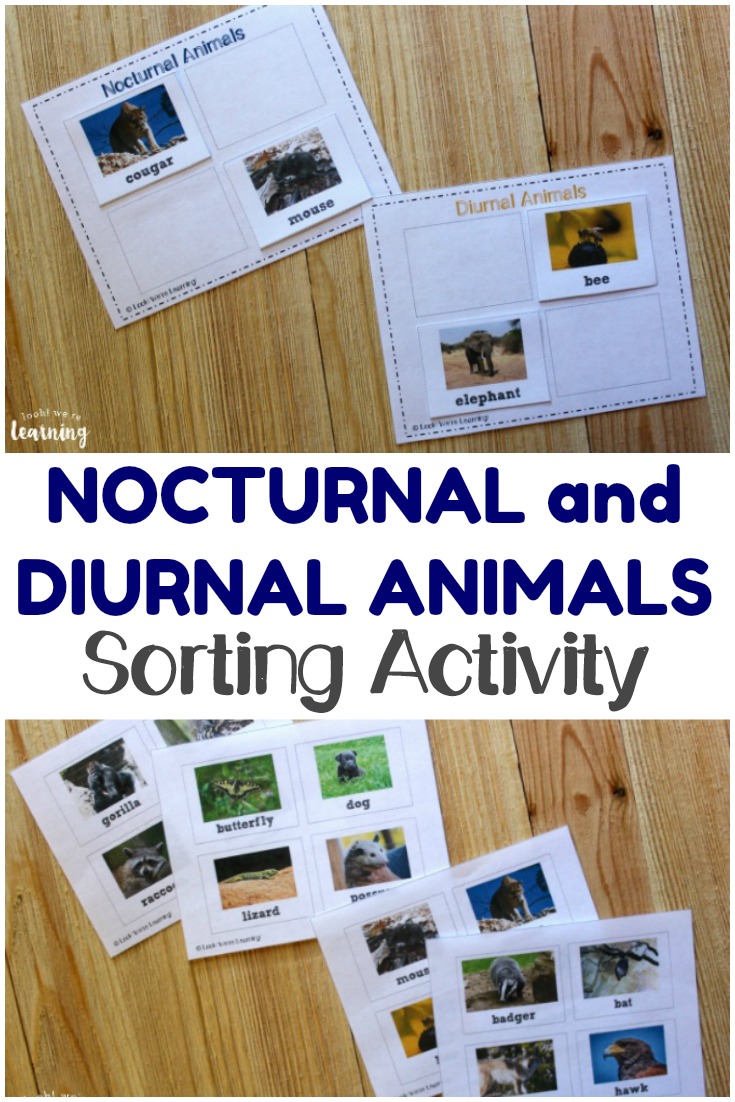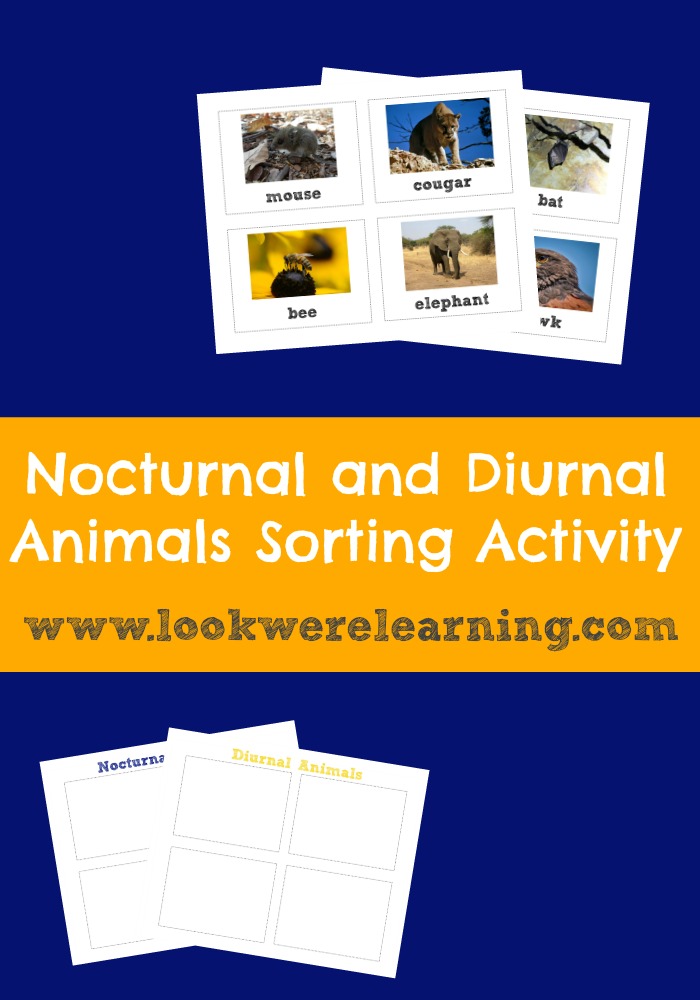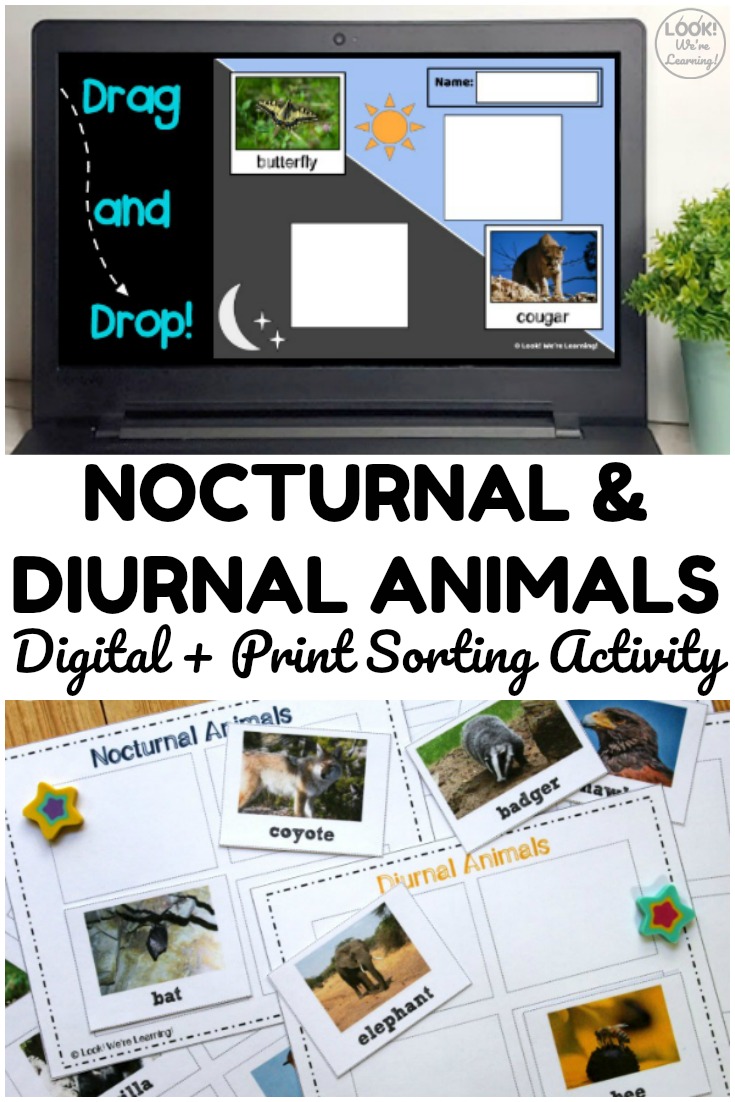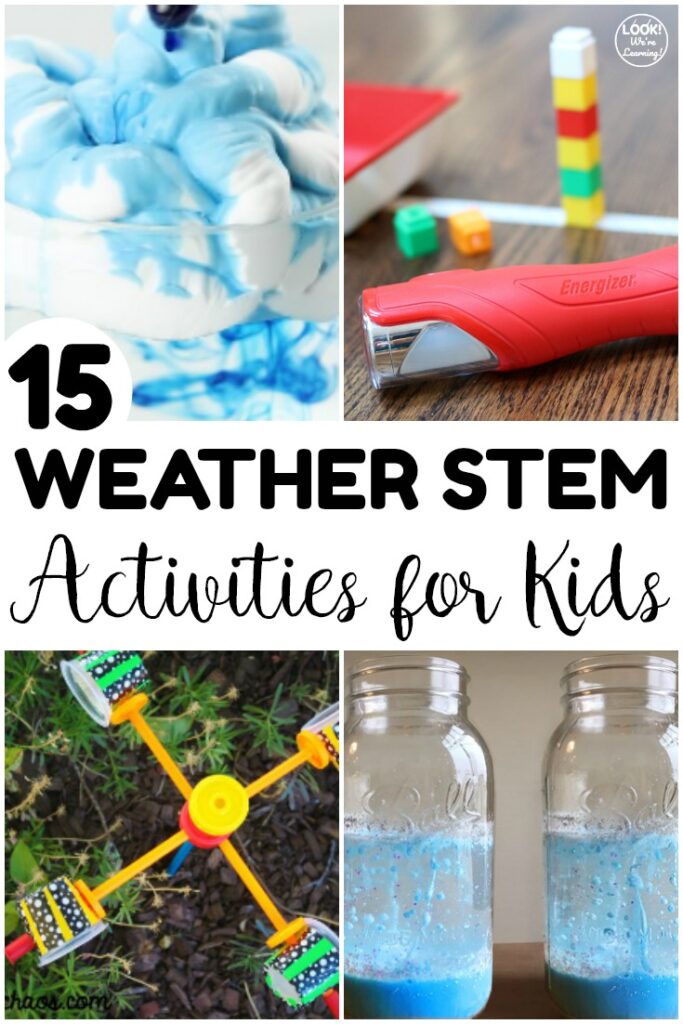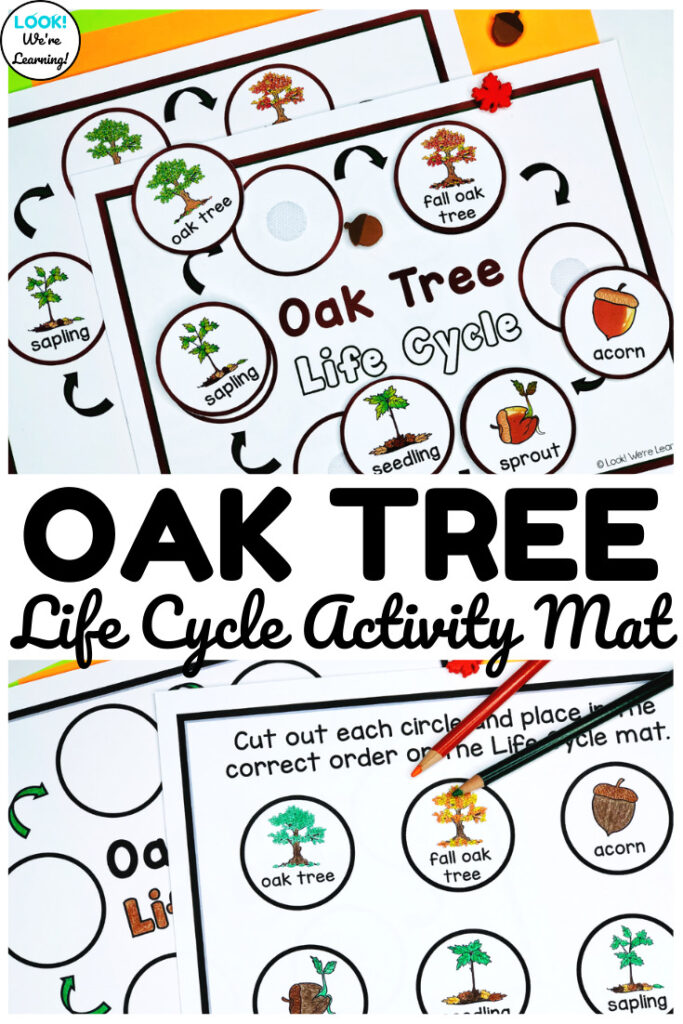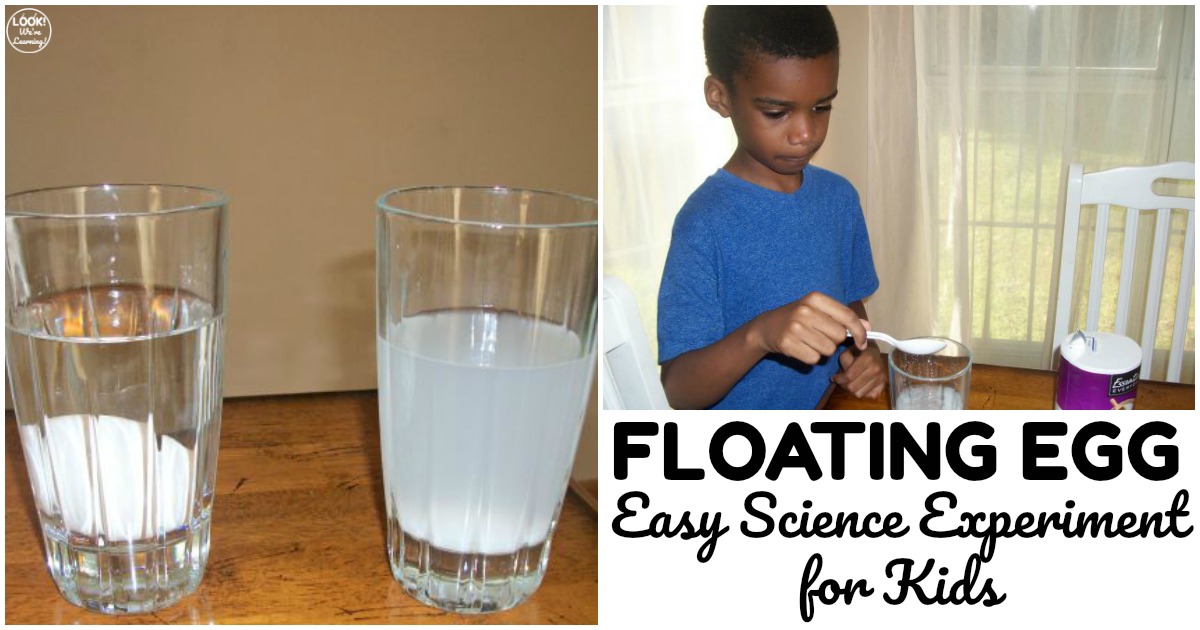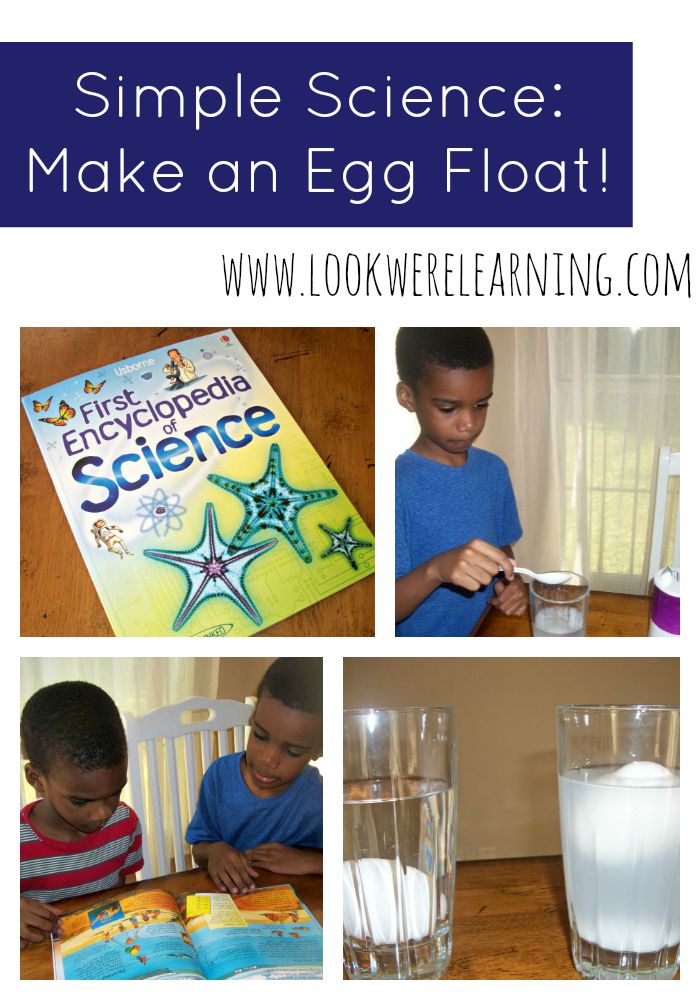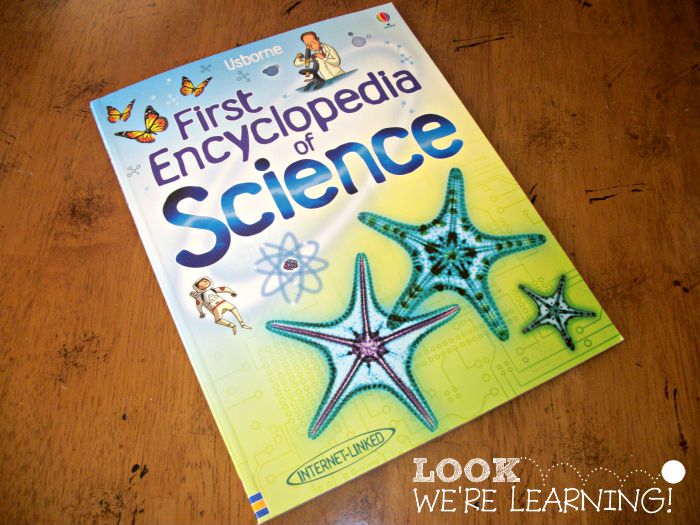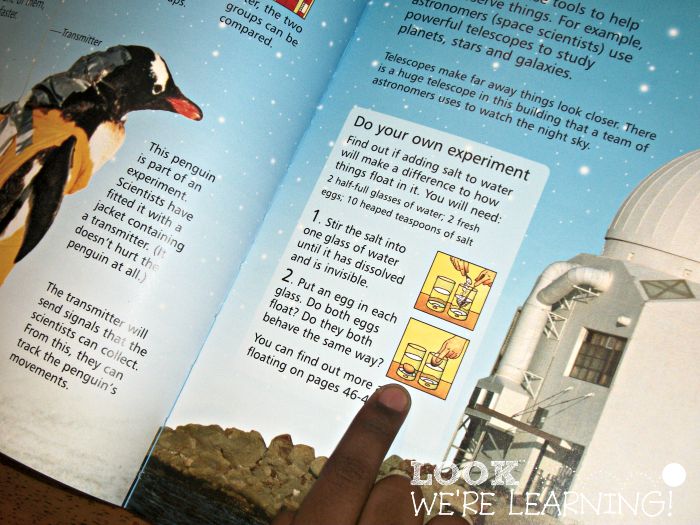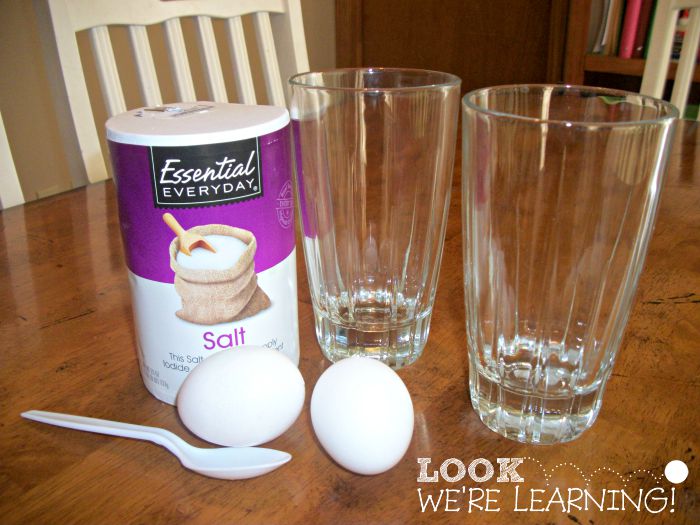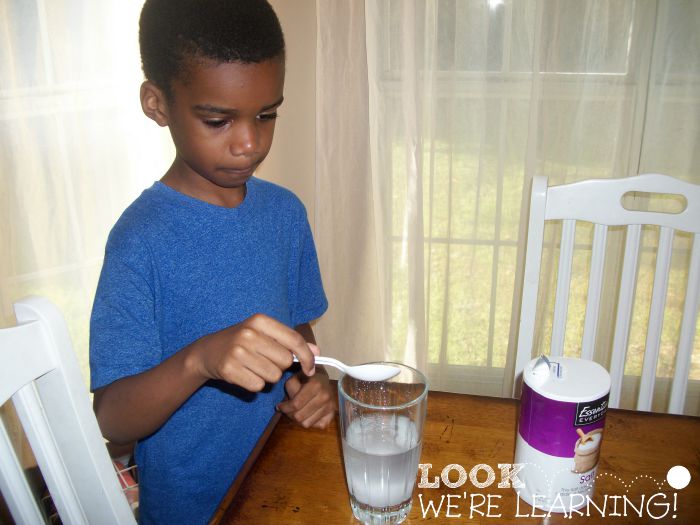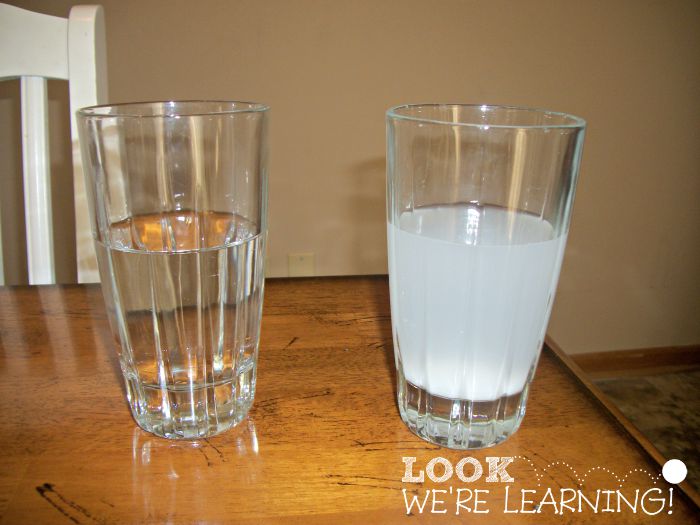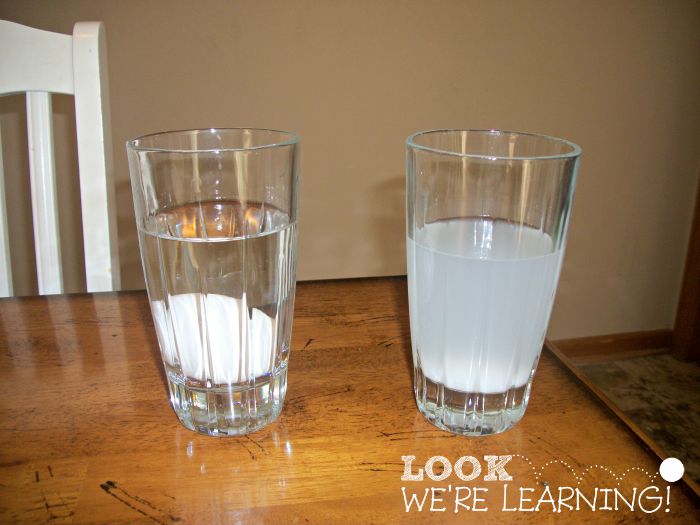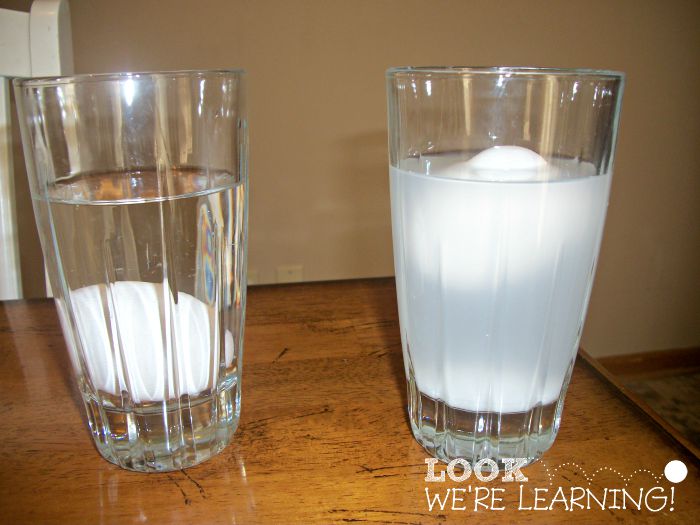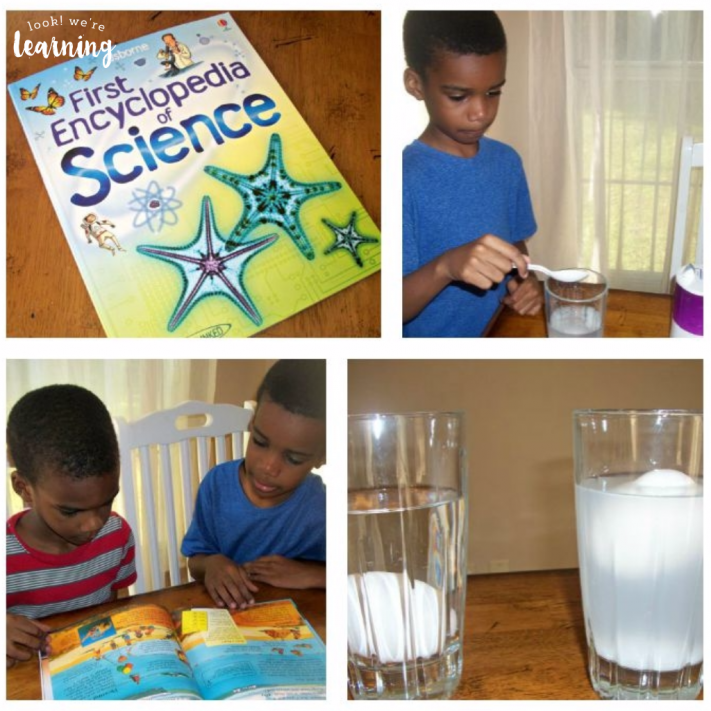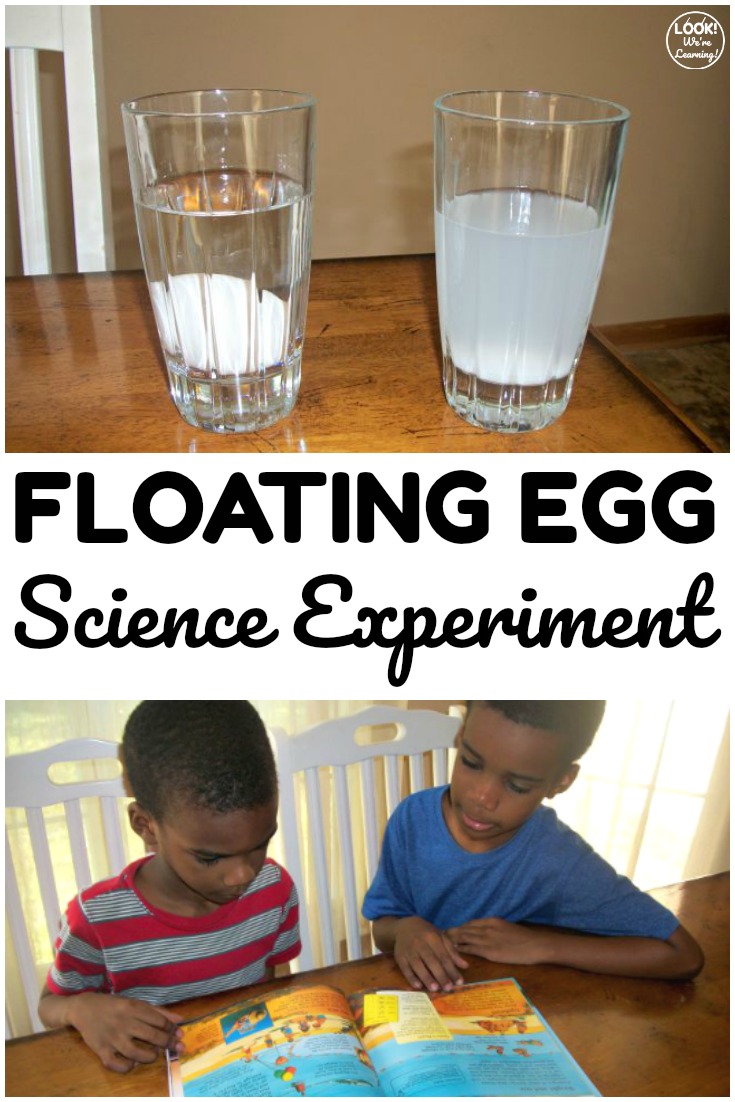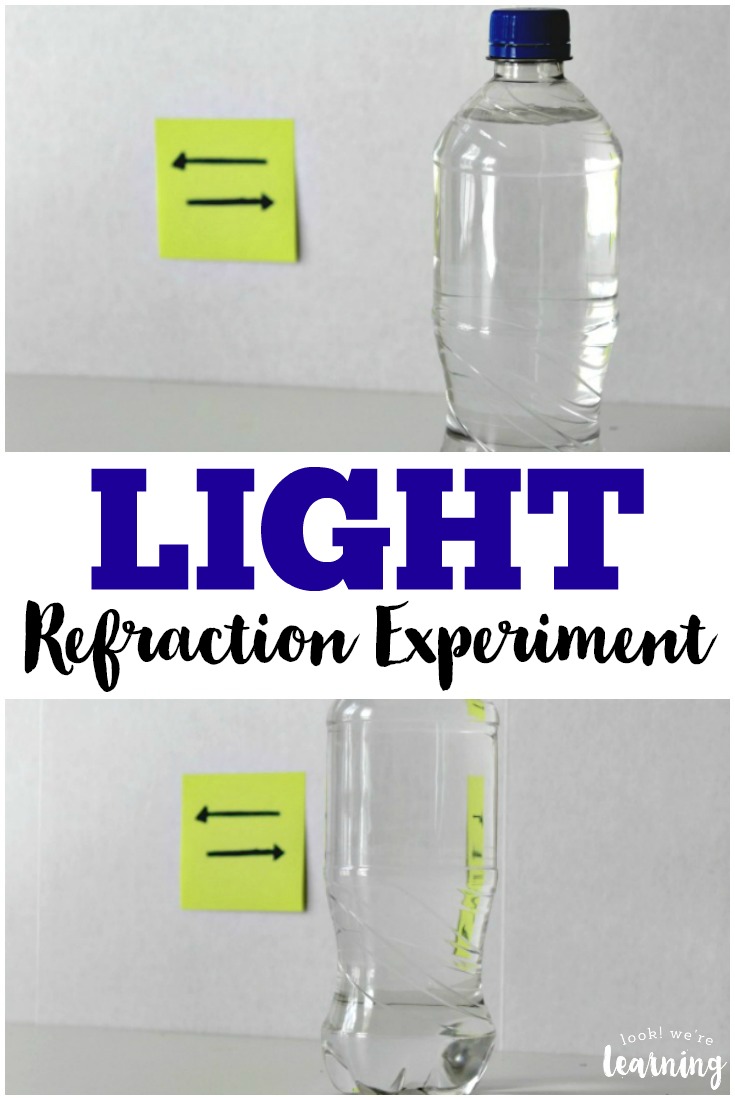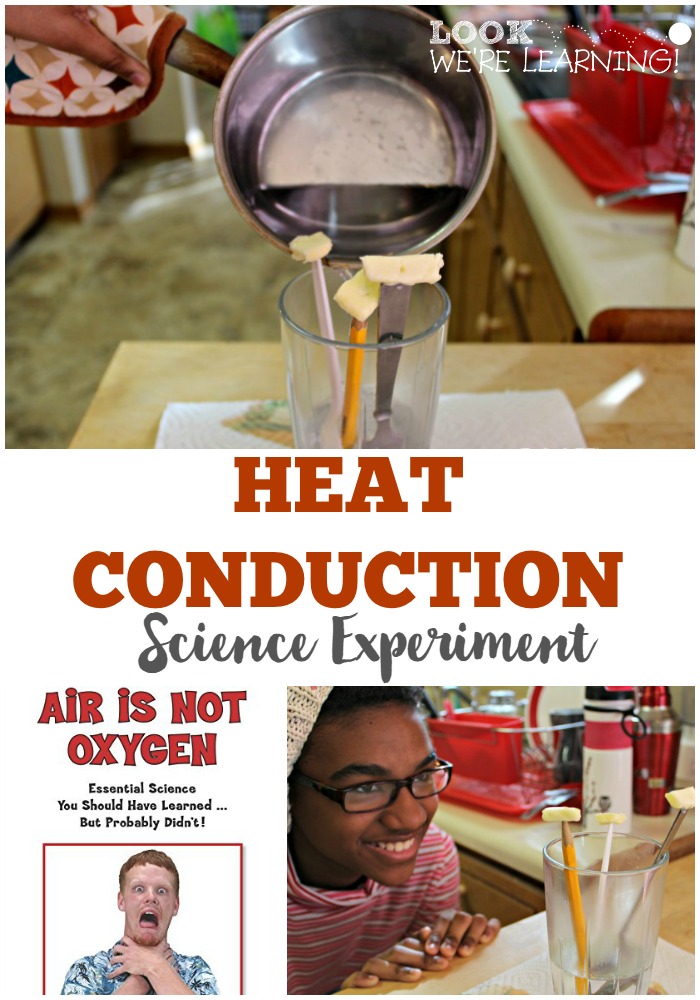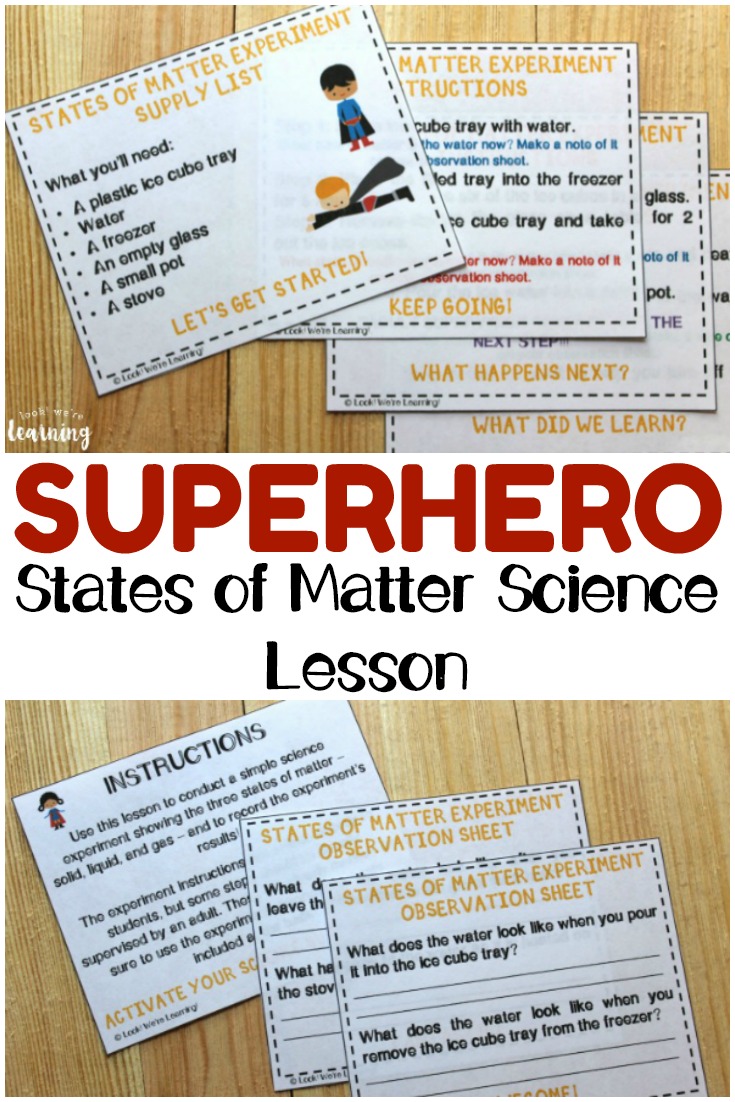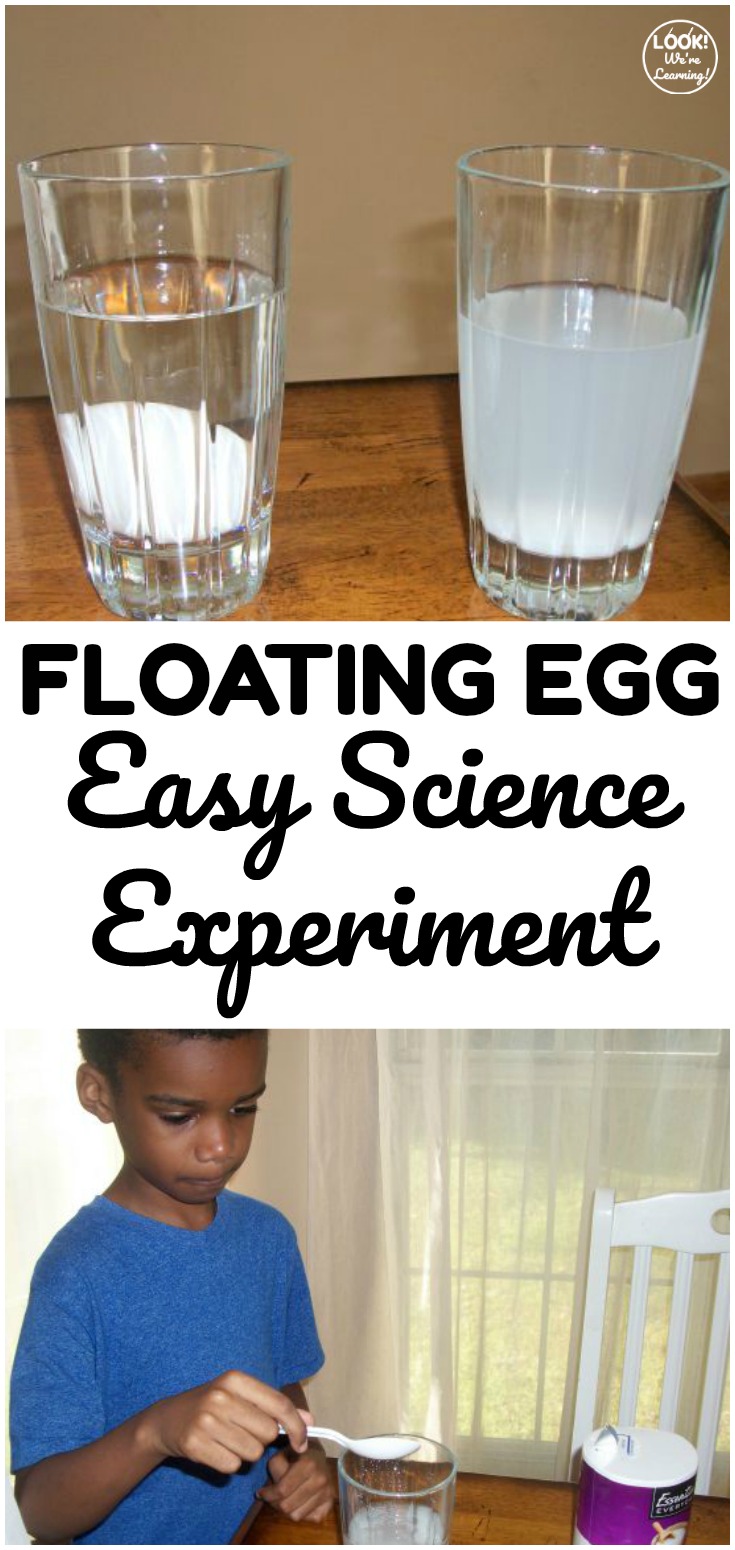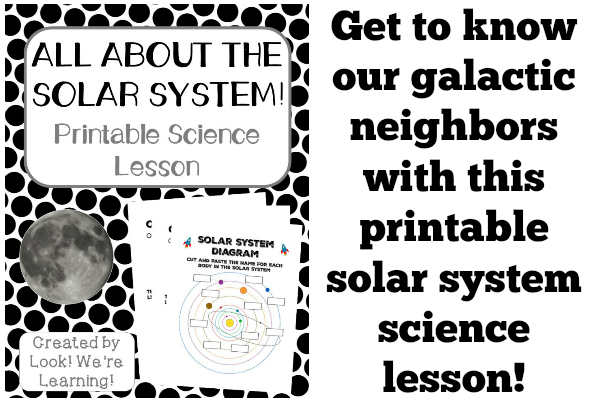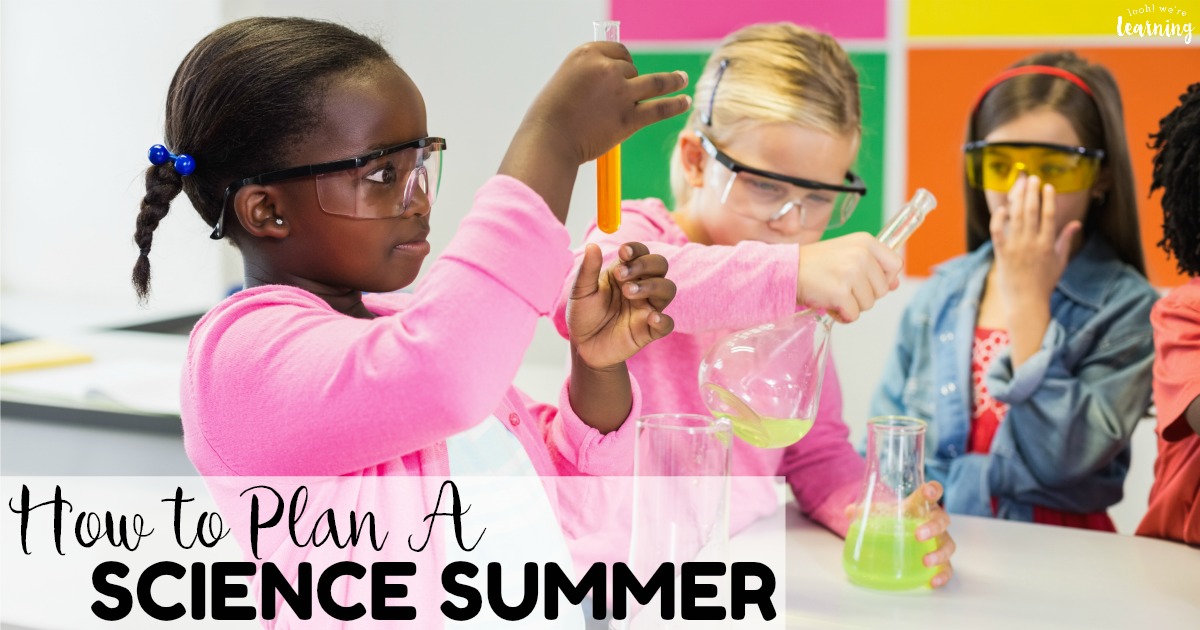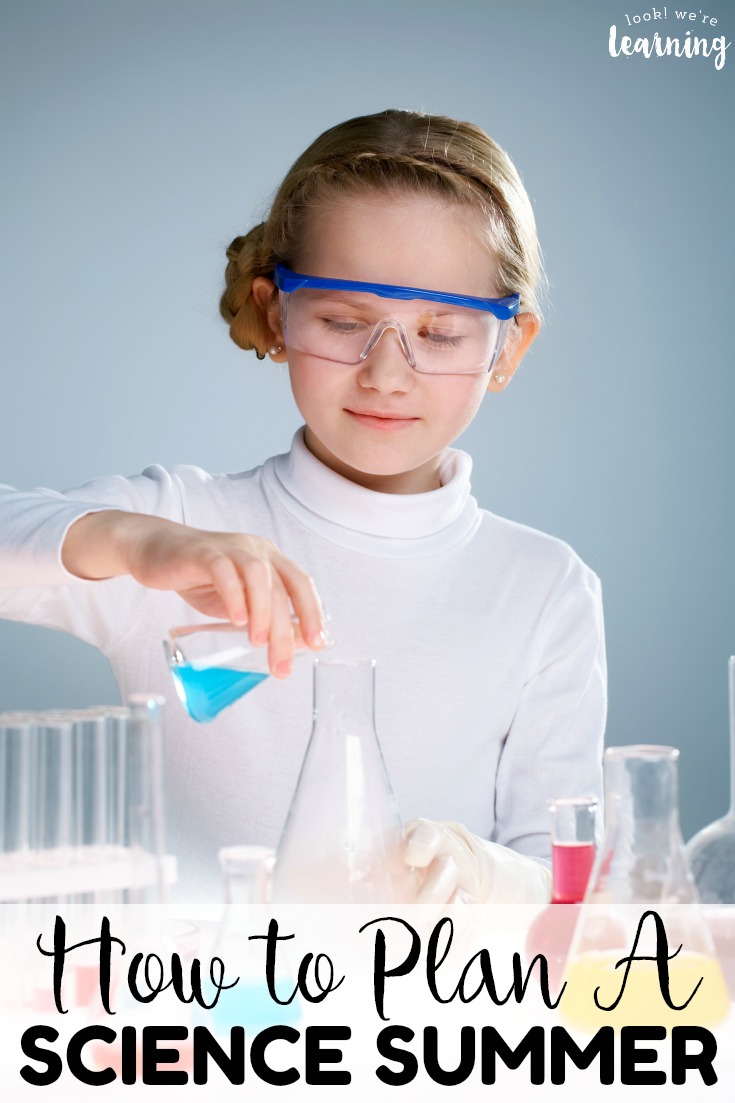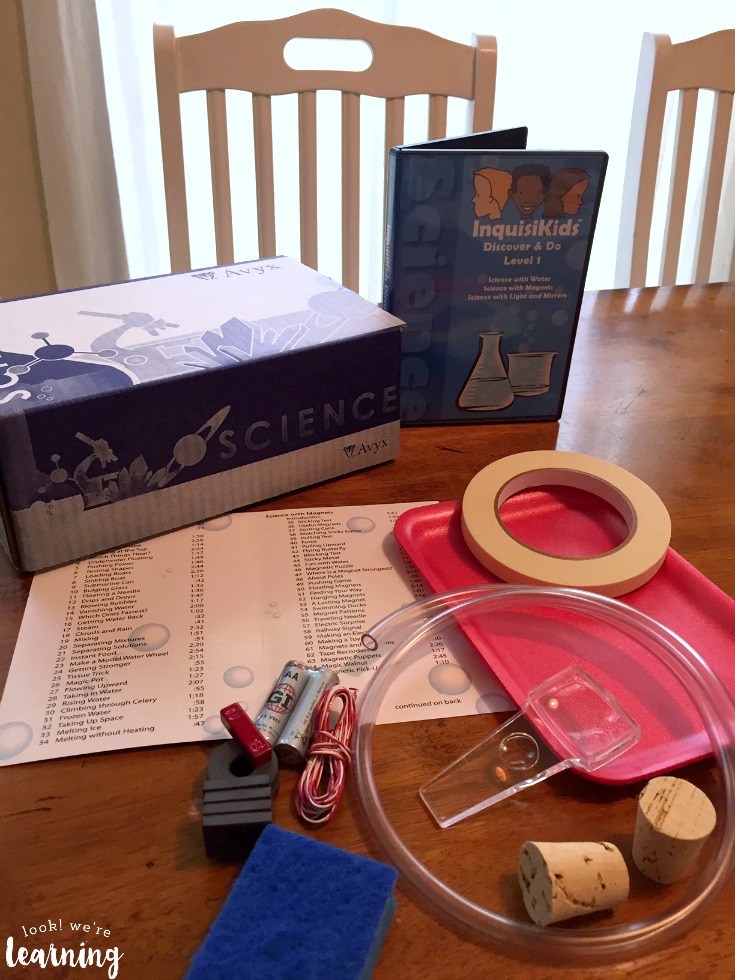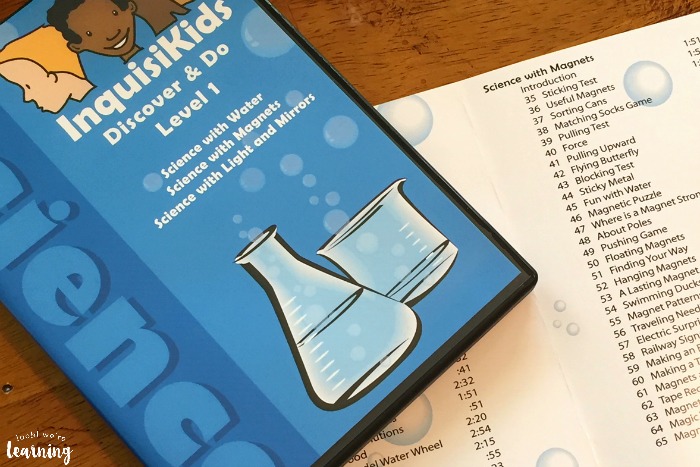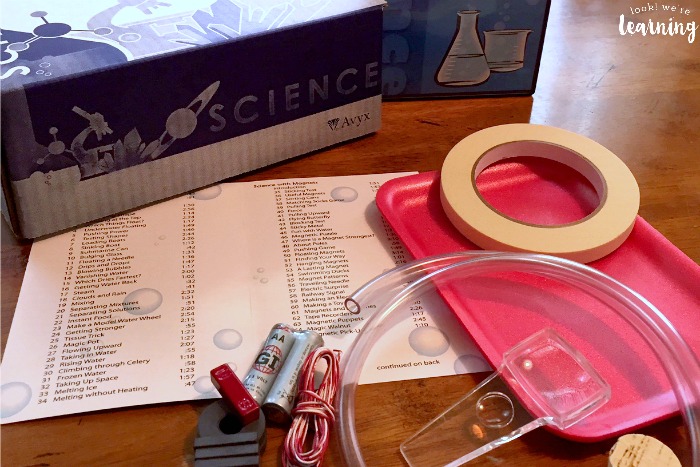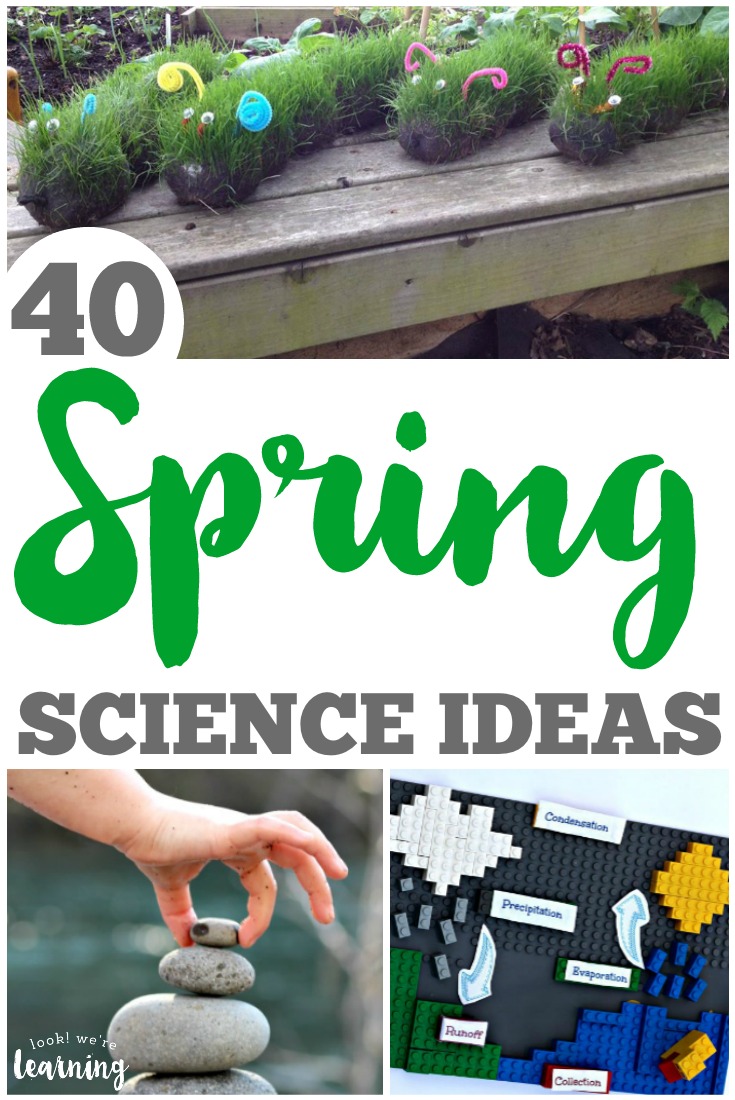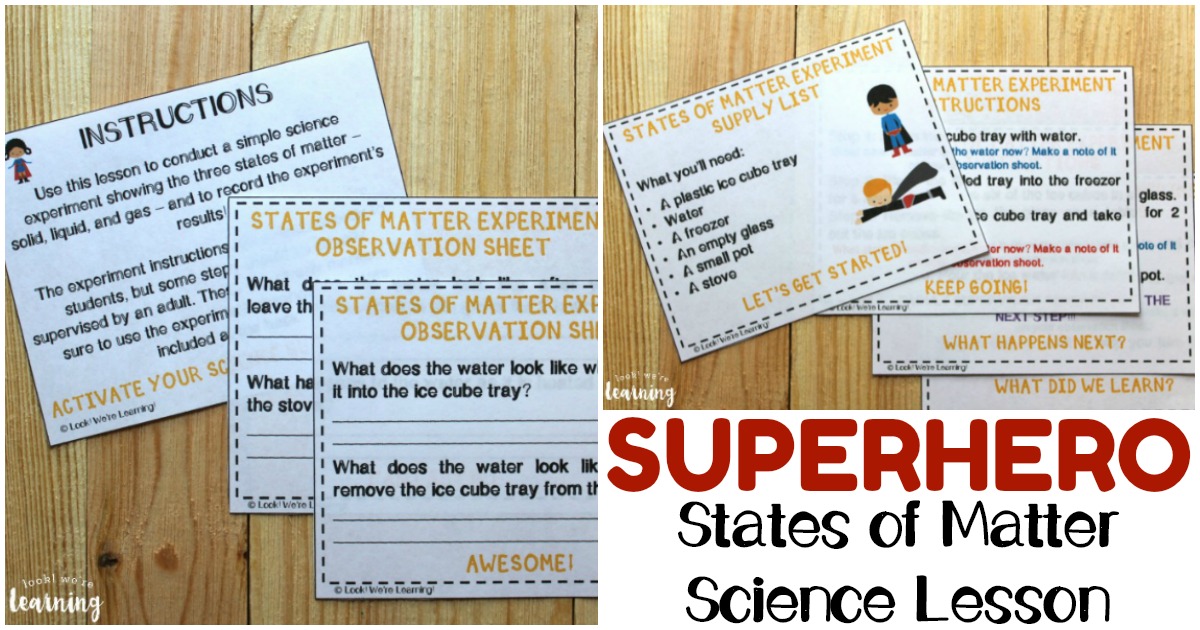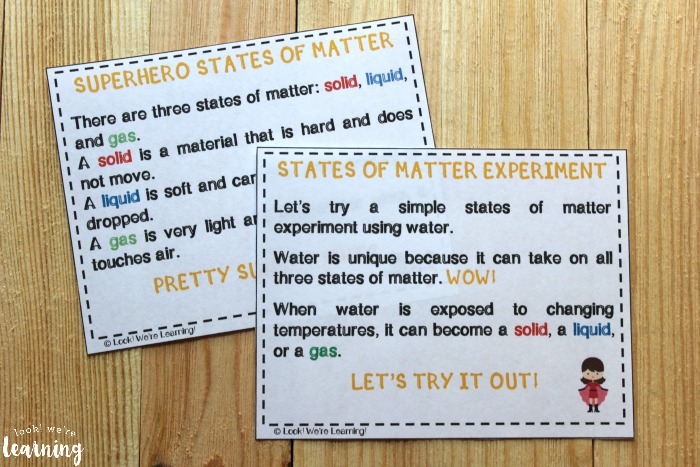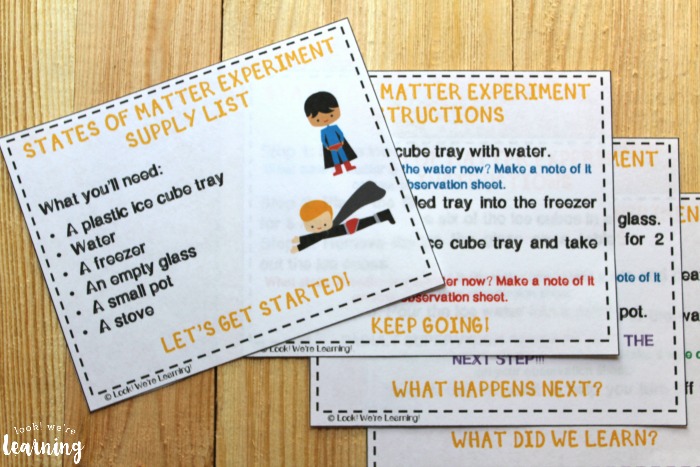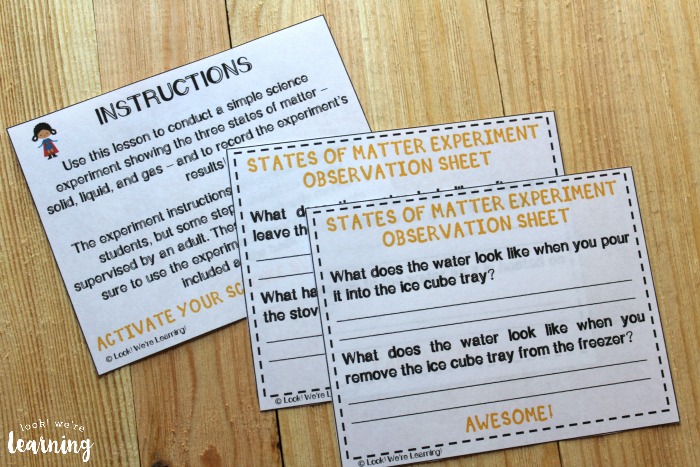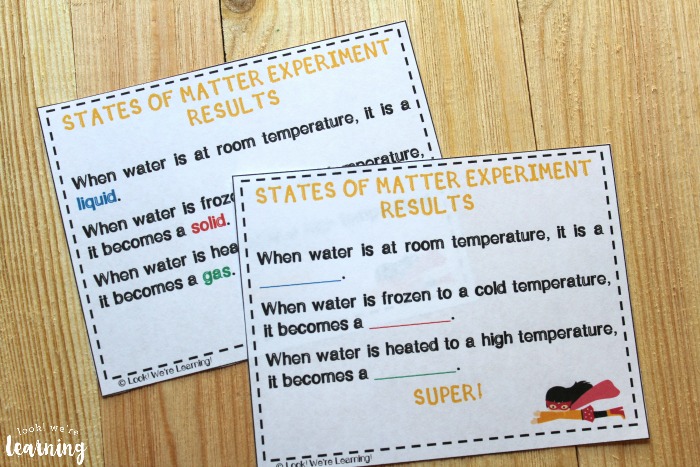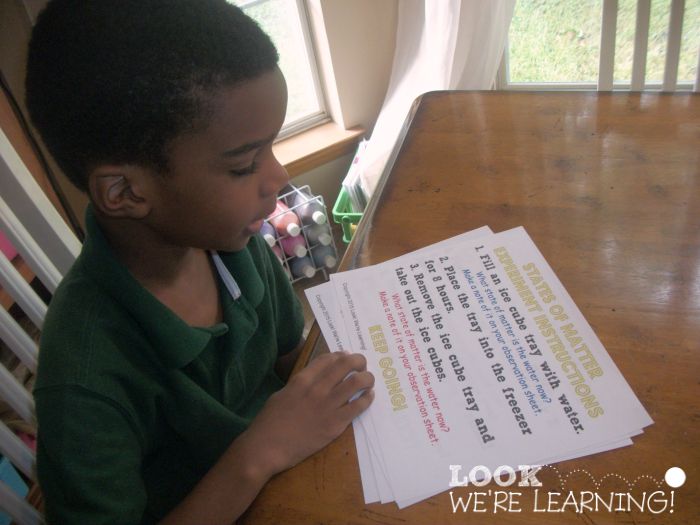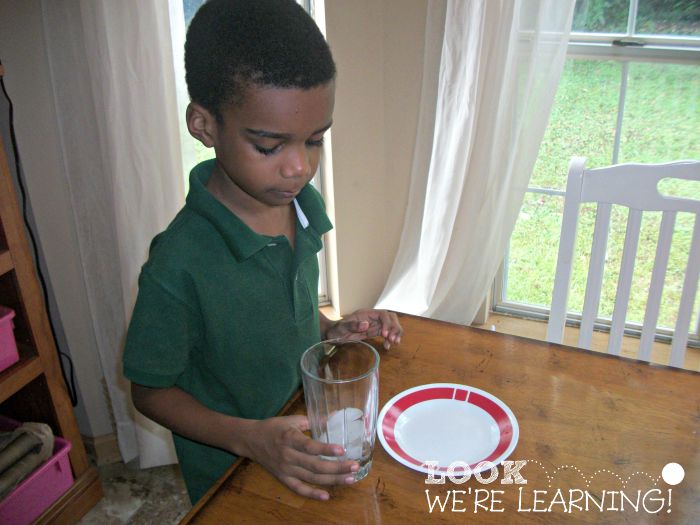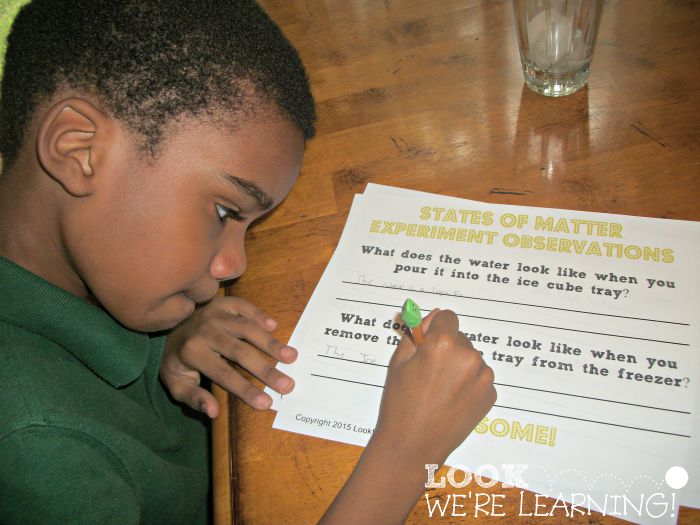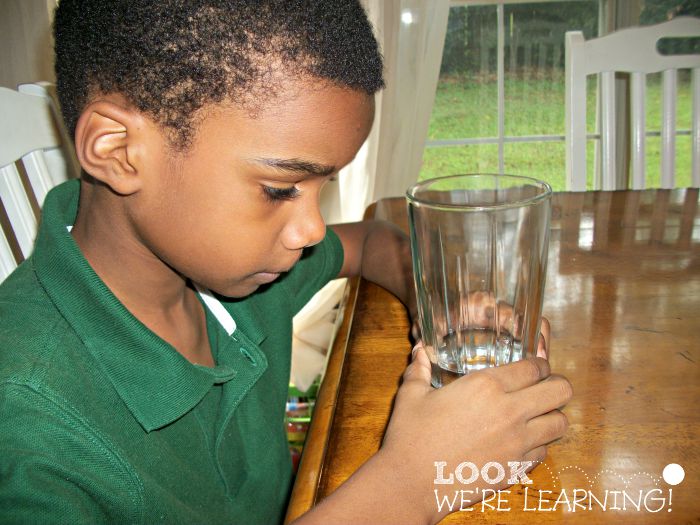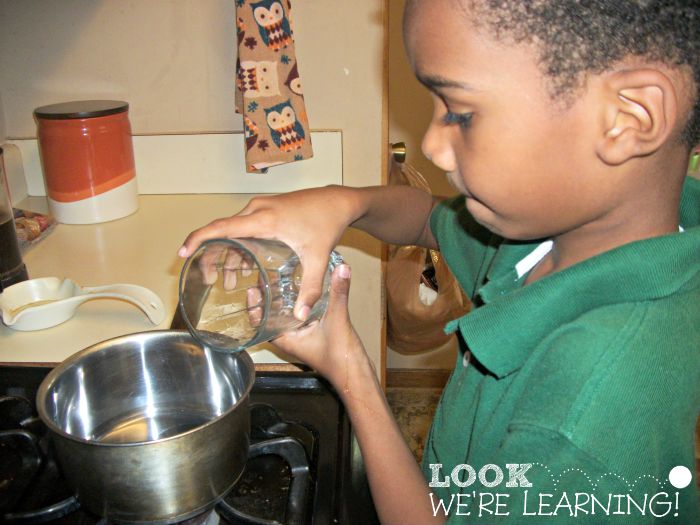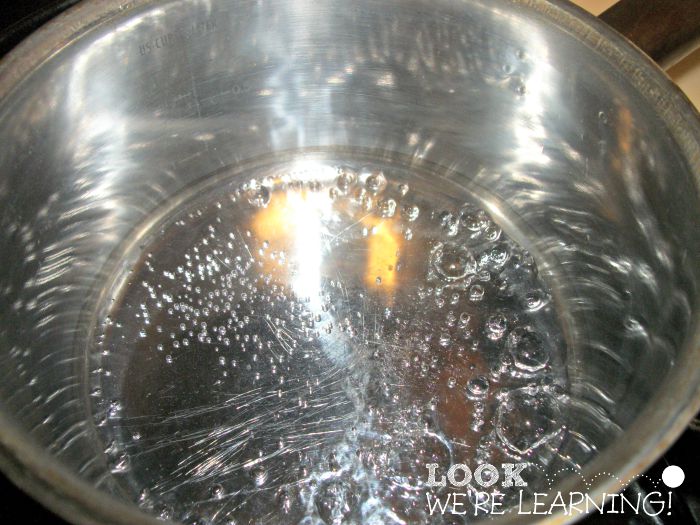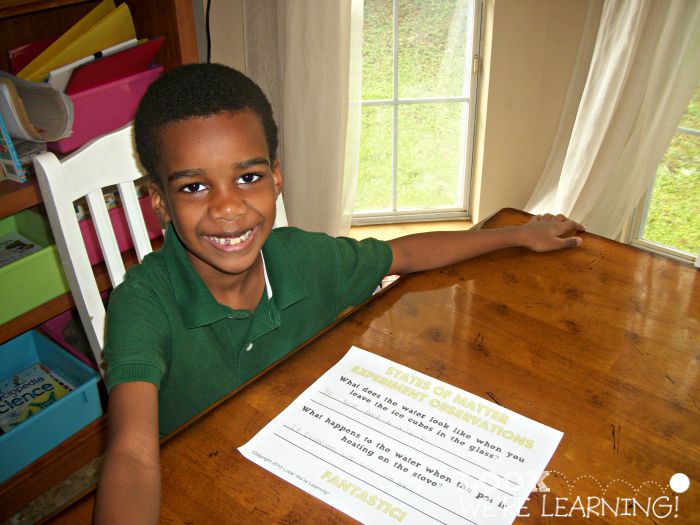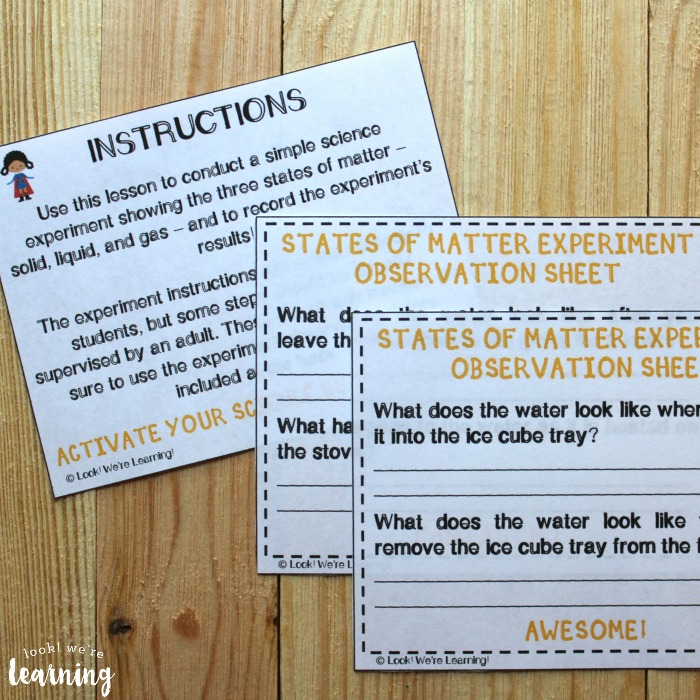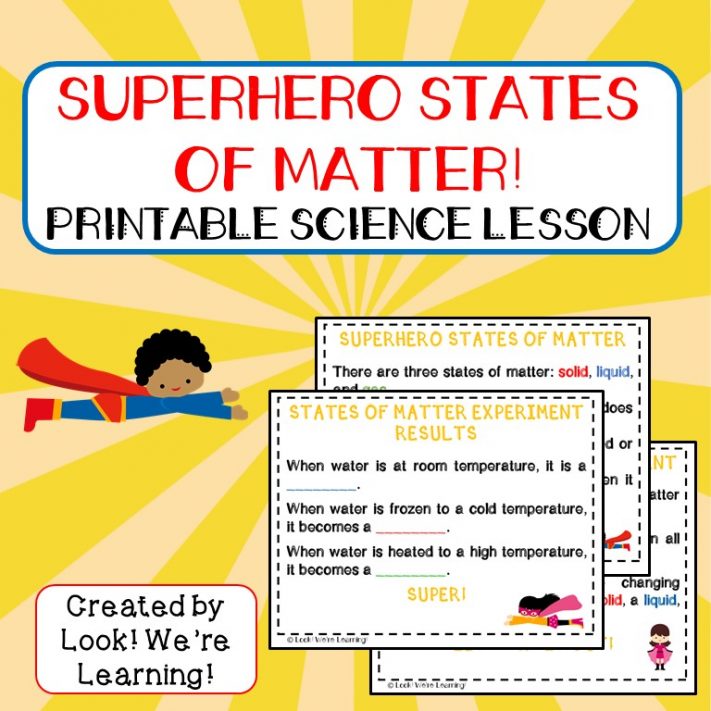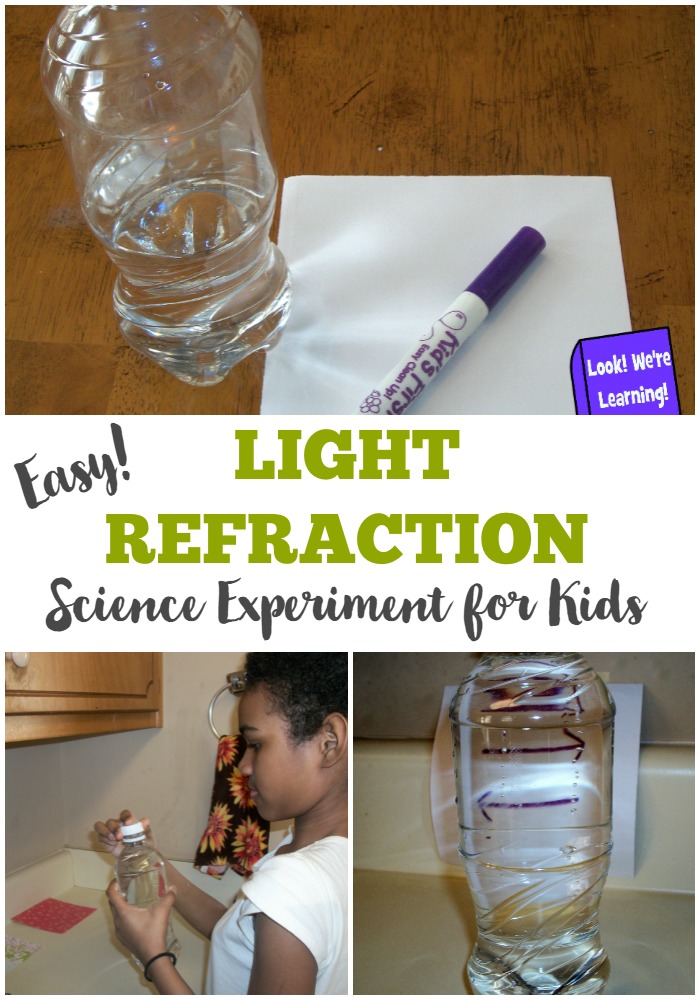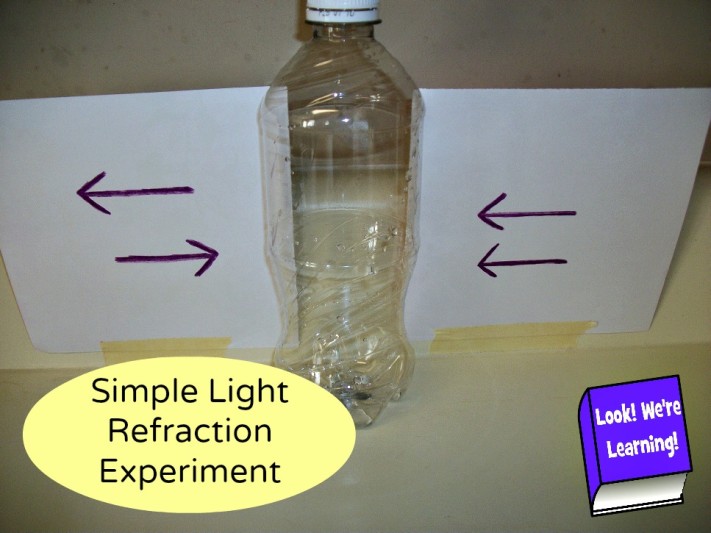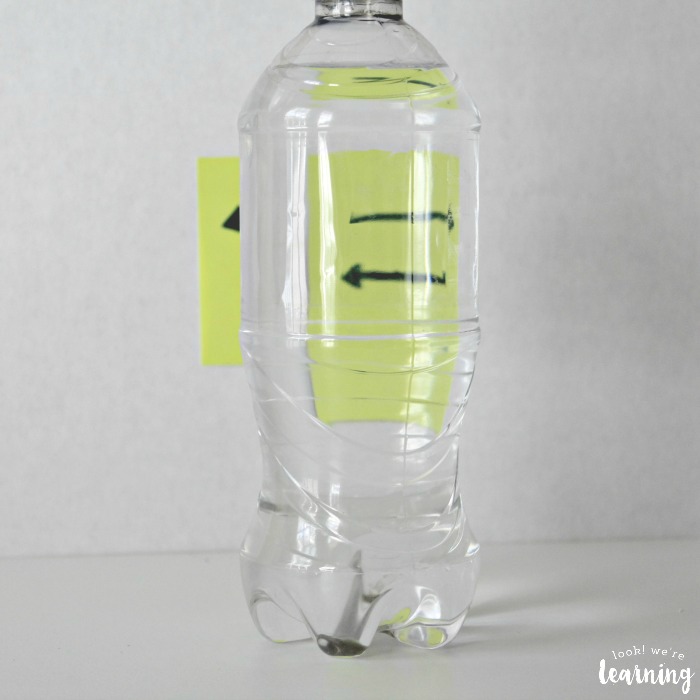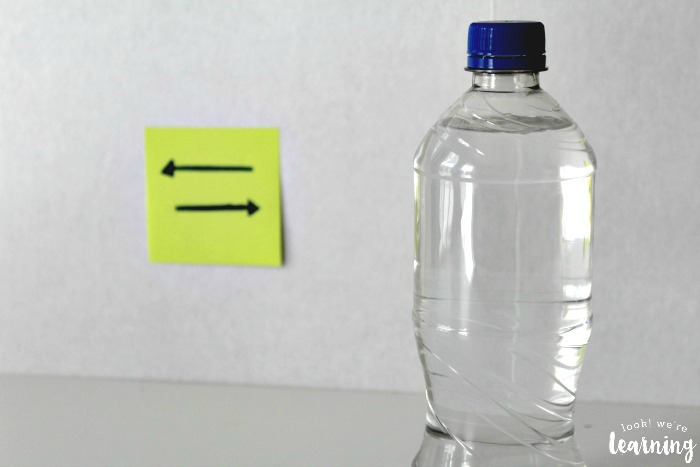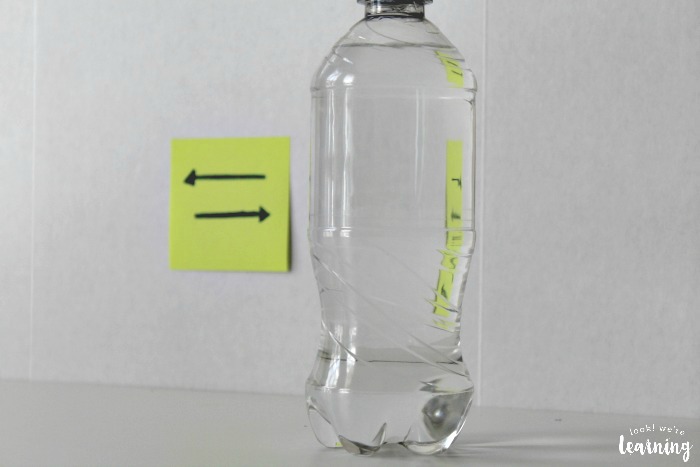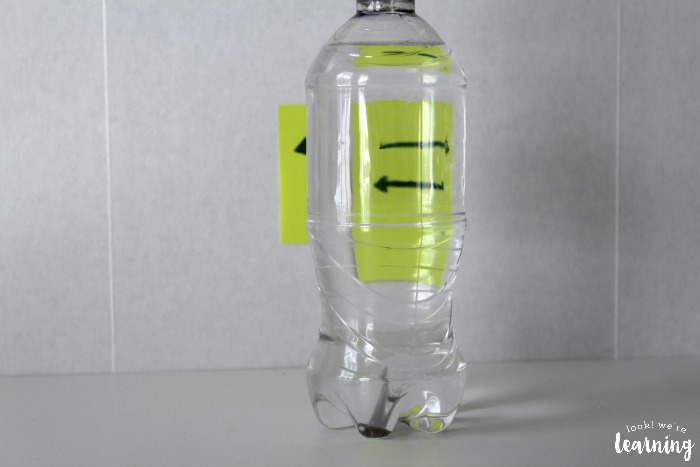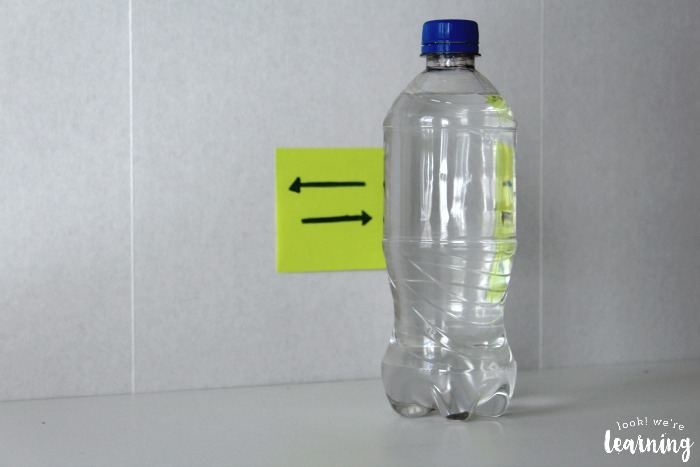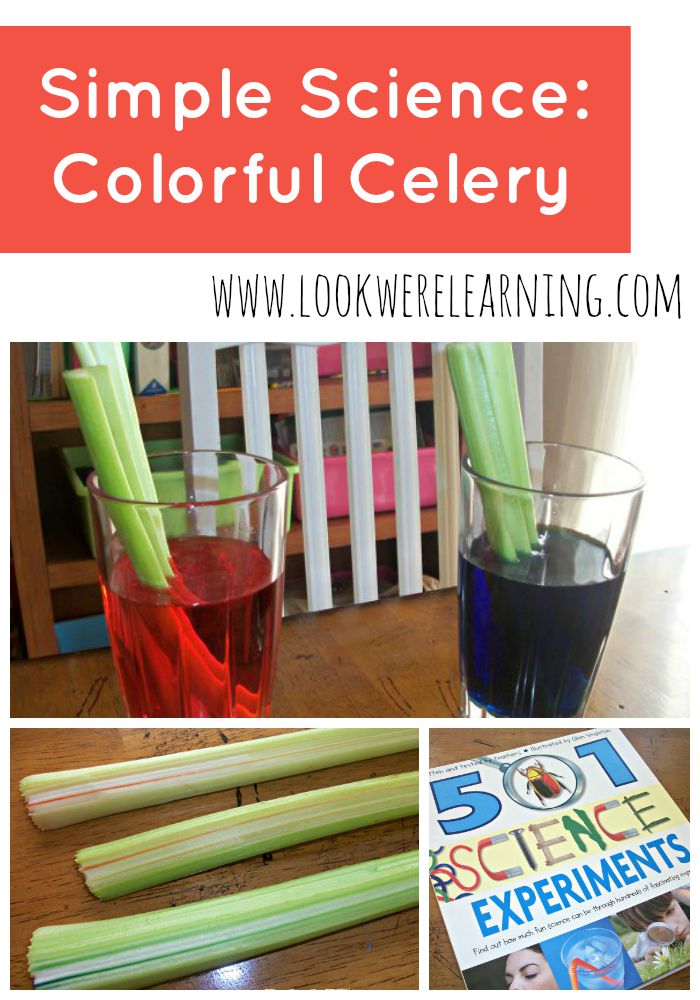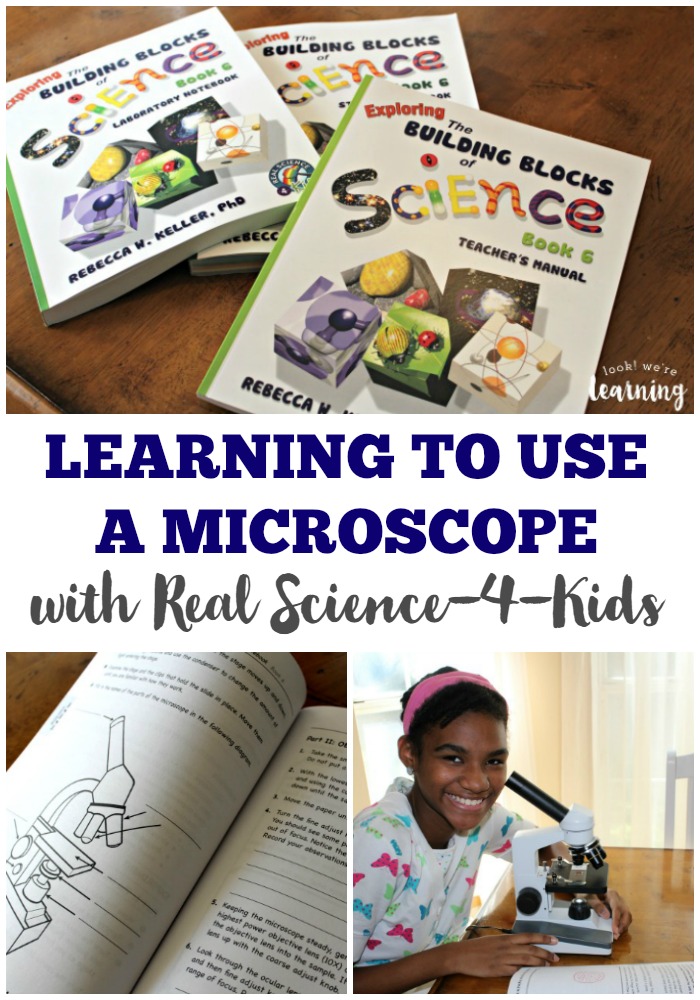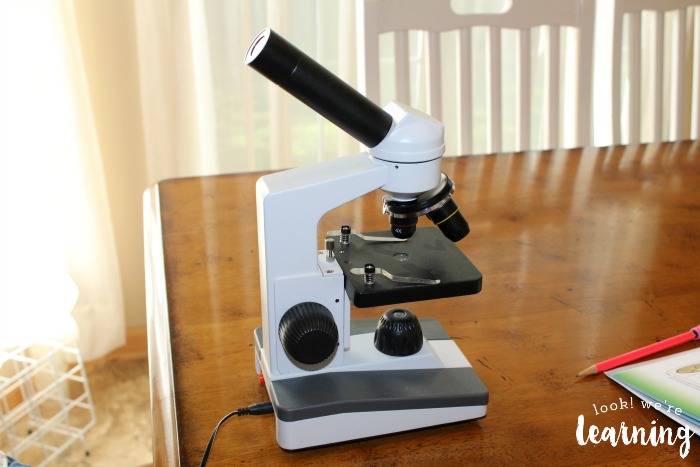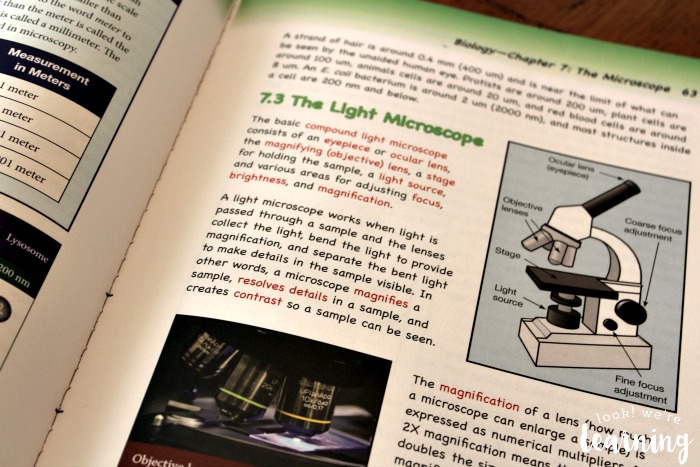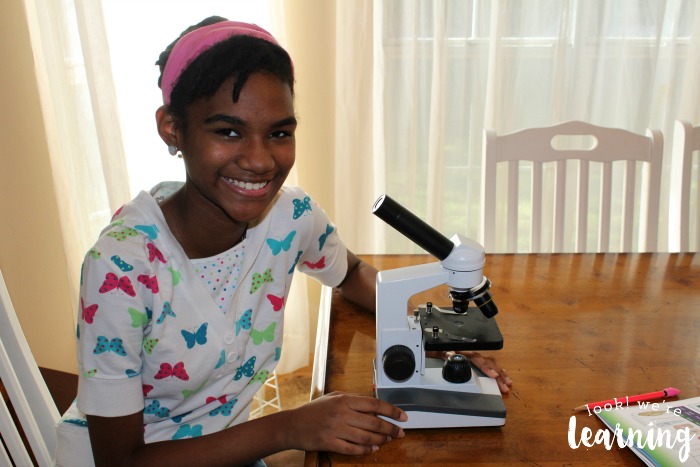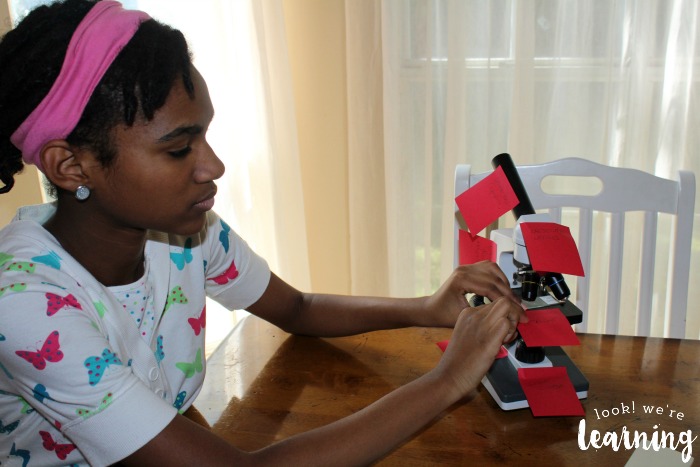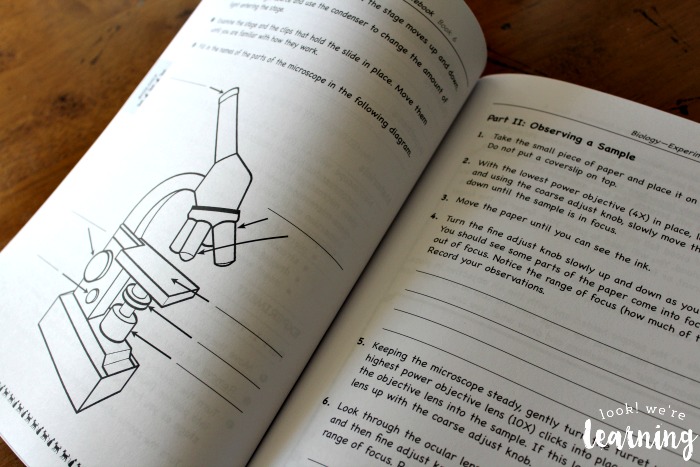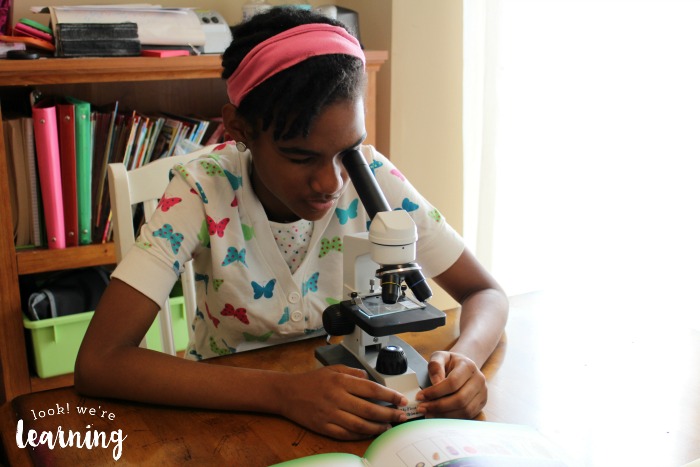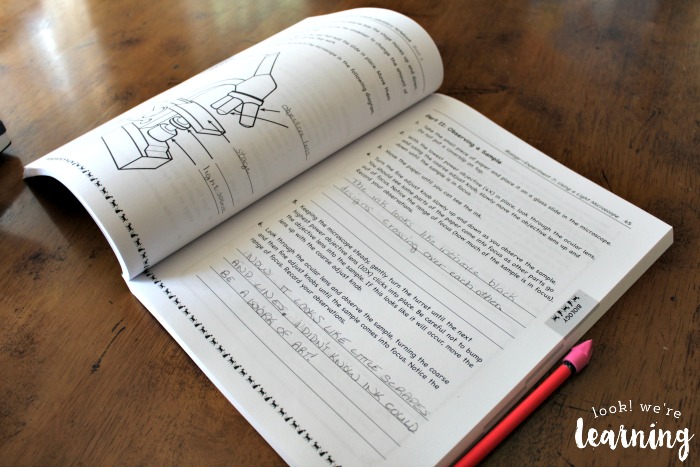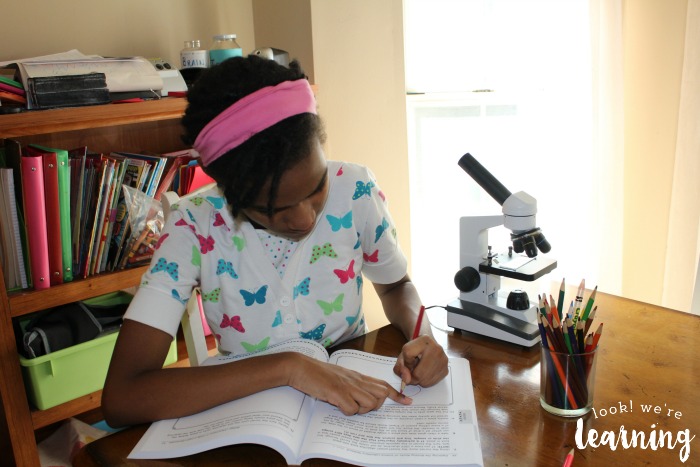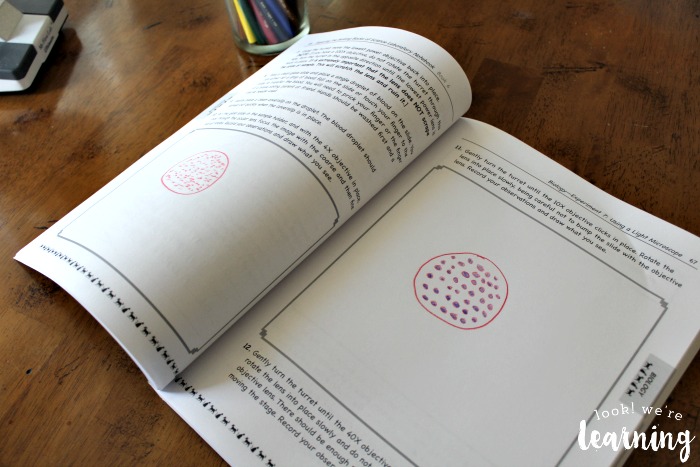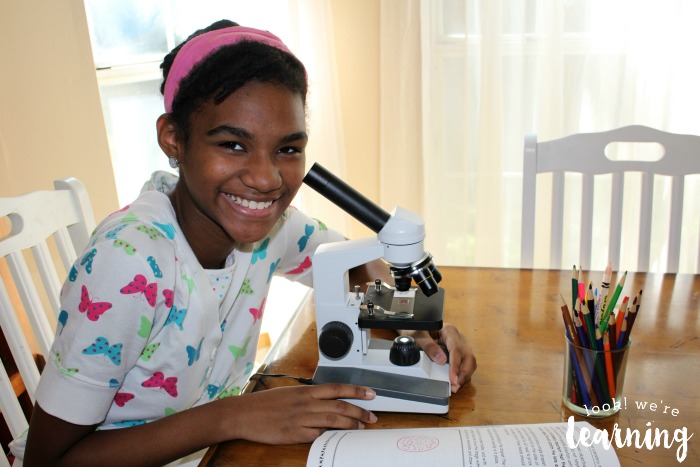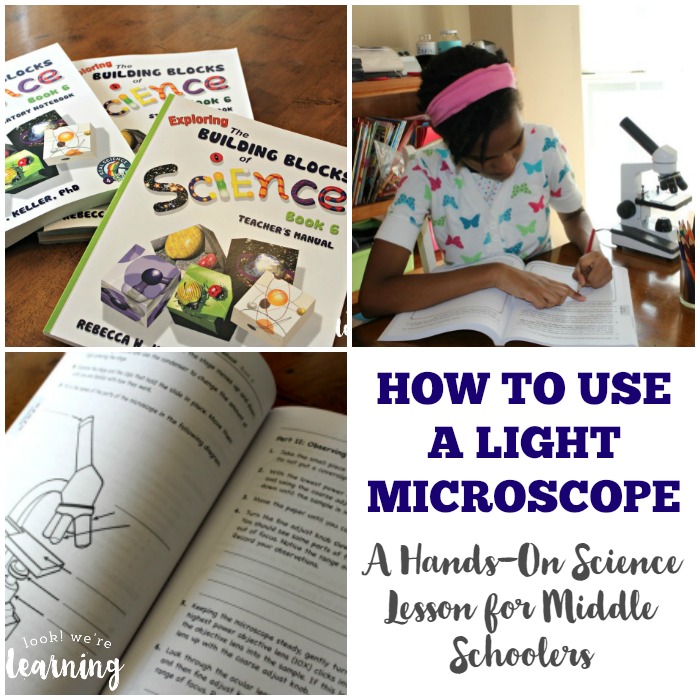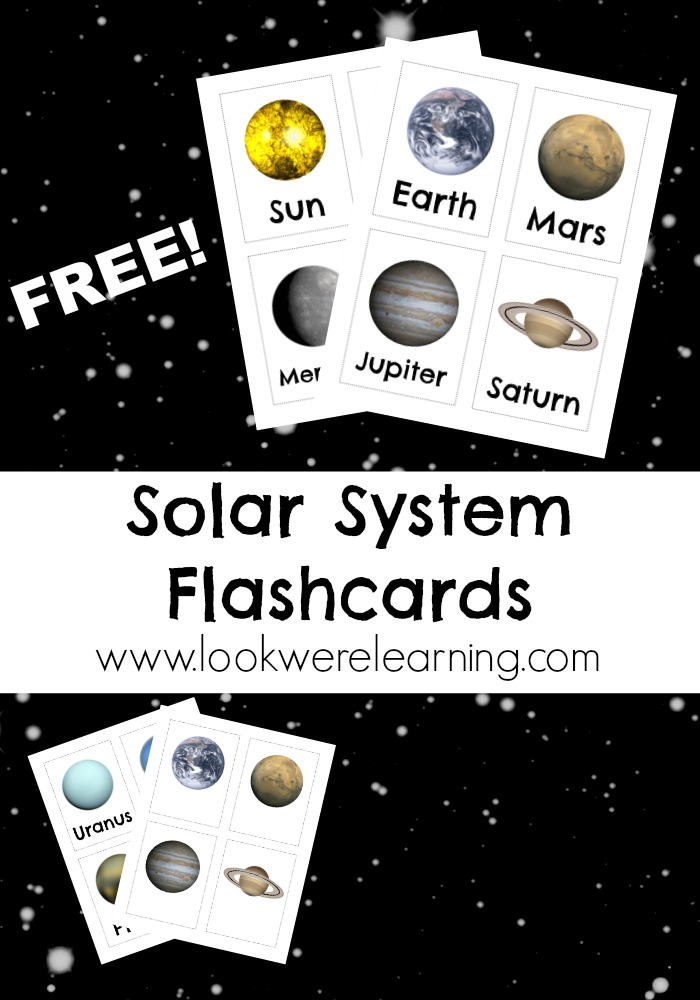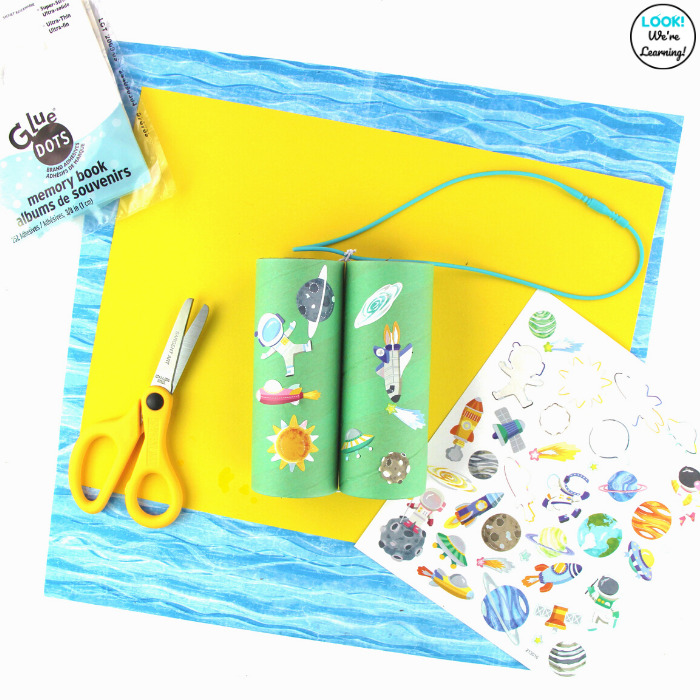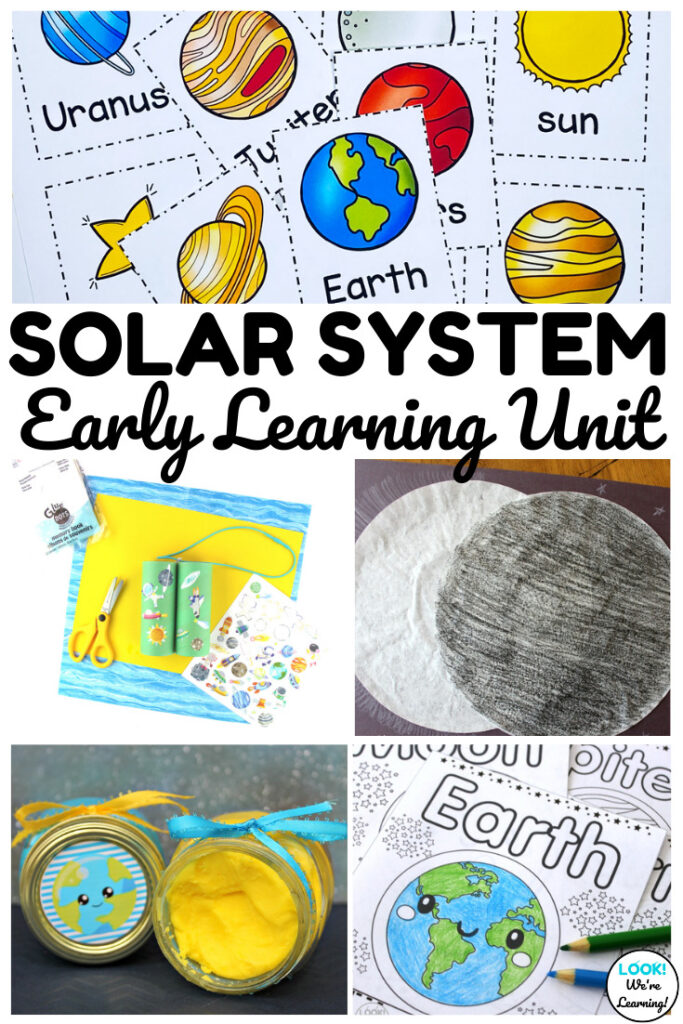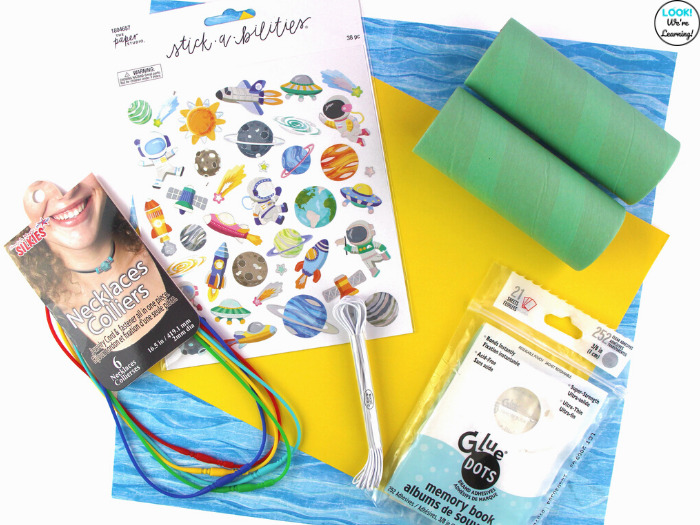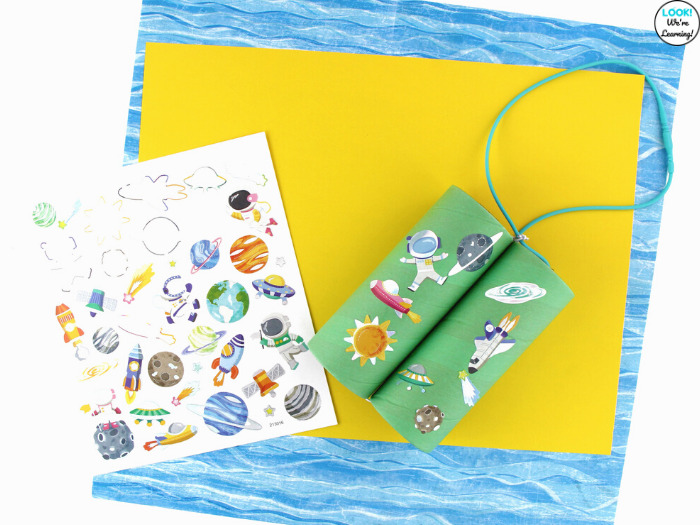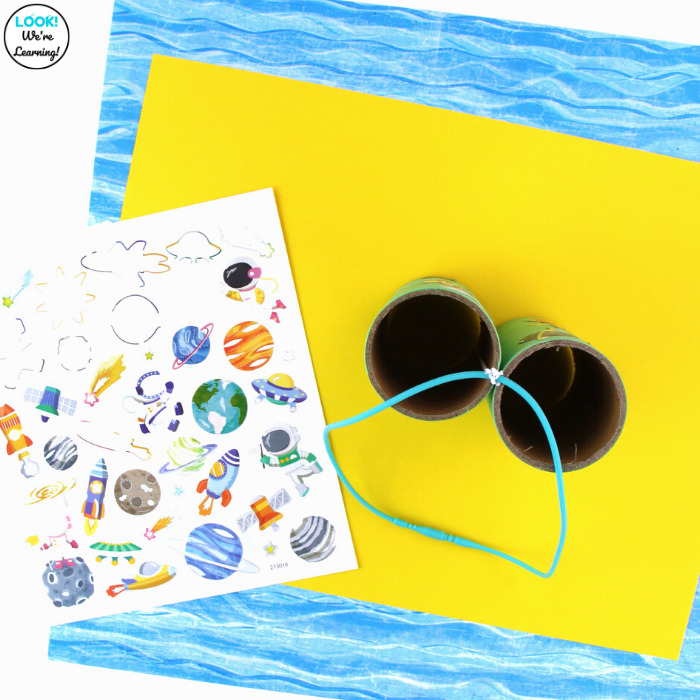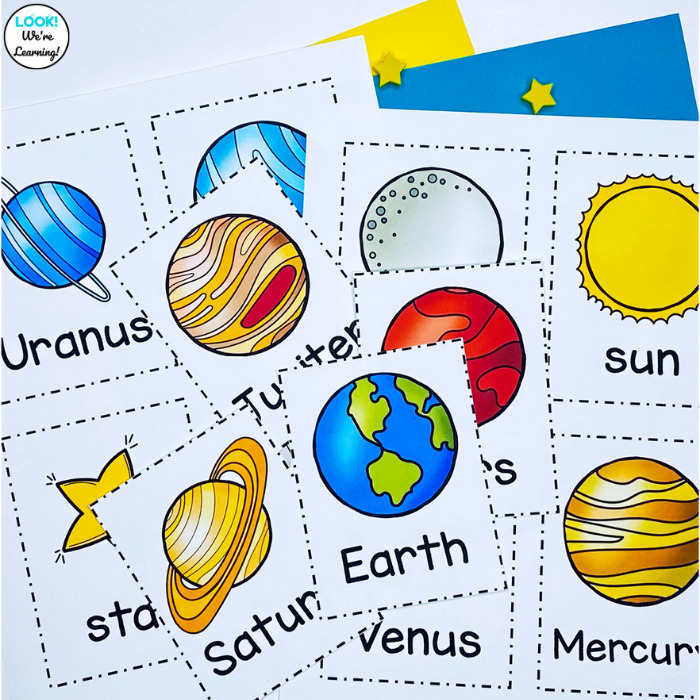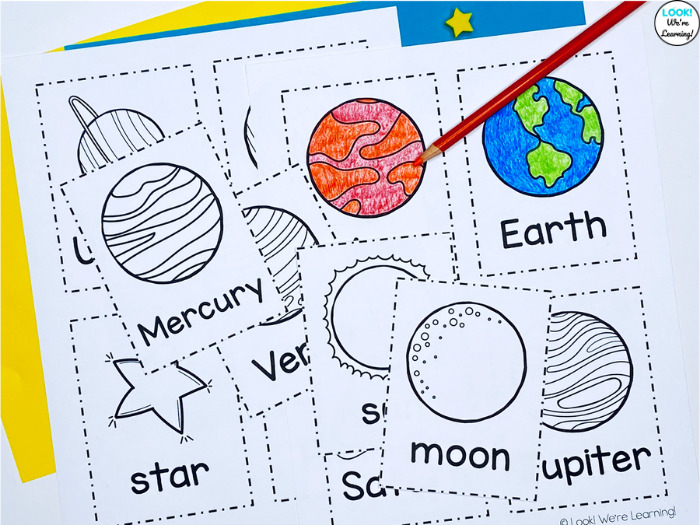Have you ever seen a possum in real life?
Growing up in the country, I knew that they existed. But it took several years before I actually saw one scurrying away in the early morning hours.
It was like catching sight of Bigfoot.
I knew that there were animals that were awake when I was asleep at night, but to actually see one was memorable.
If you’re teaching students about animal sleep habits, this printable and digital Nocturnal and Diurnal Animals Sorting Activity can help!
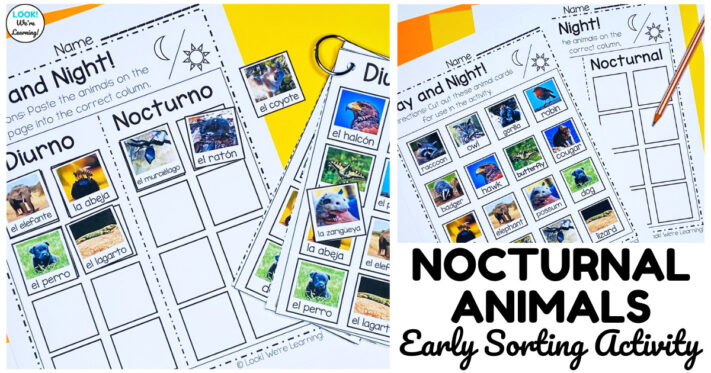
Most kids love to learn about animals and my students are no exception.
So when we were starting to learn about animal sleeping habits, I wanted to find a way to make a simple, hands-on activity they’d love to do.
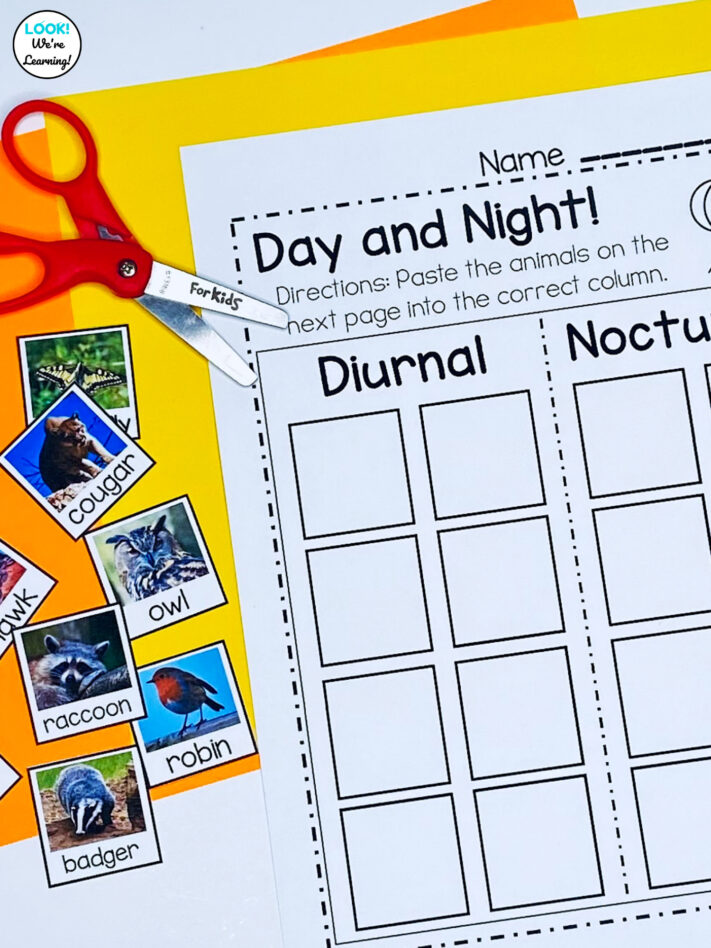
Read on to see how to get your copy of this Nocturnal and Diurnal Animals activity – available as a print or digital resource!
Looking for more science resources for early grades? Take a look at our list of fun Weather STEM Experiments to try with students!
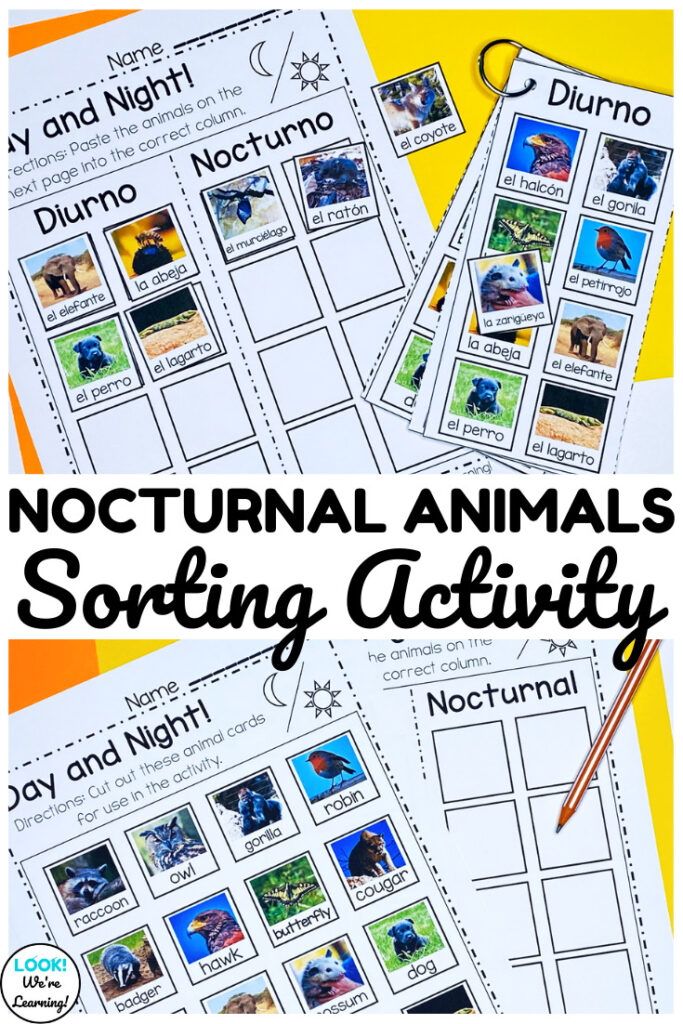
Nocturnal and Diurnal Animals Sorting Activity for Kids
I remember learning about nocturnal animals when I was a kid, but we didn’t talk much about diurnal animals (at least not using the term “diurnal”).
So in case this term is fairly new to you as an educator, “diurnal” simply means that they are active during the day like you and me!
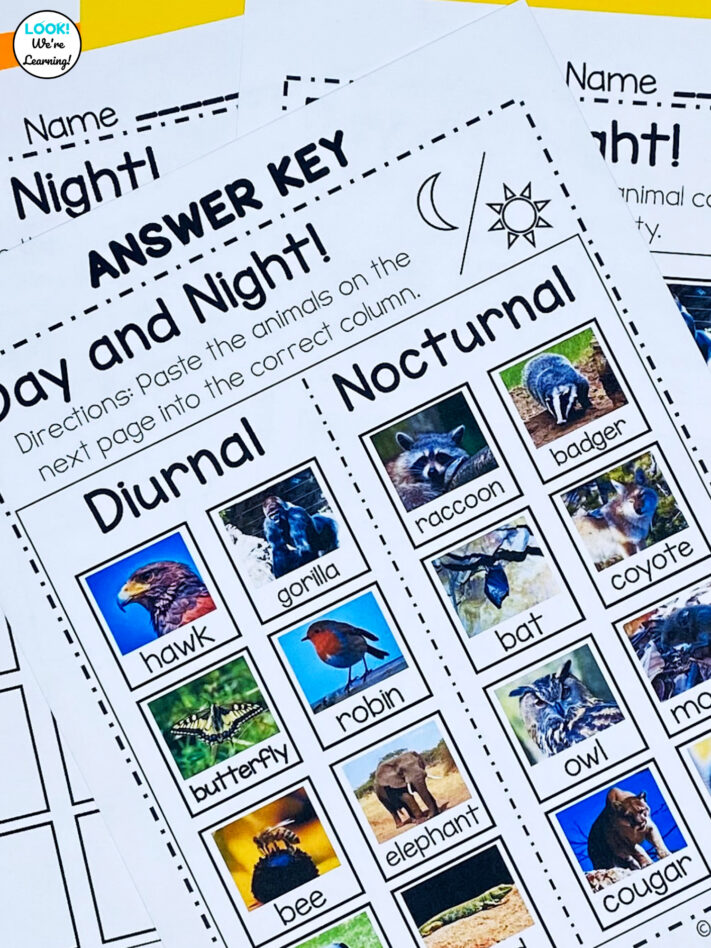
The printable nocturnal animal sorting activity is super easy to use. You’ll only need the following supplies: (This post contains affiliate links. For details, see our Disclosure Policy.)
- Printer (with ink)
- Printer Paper
- Scissors
- Laminator (if you want to make a set that lasts)
- Hook and loop adhesive coins (optional)
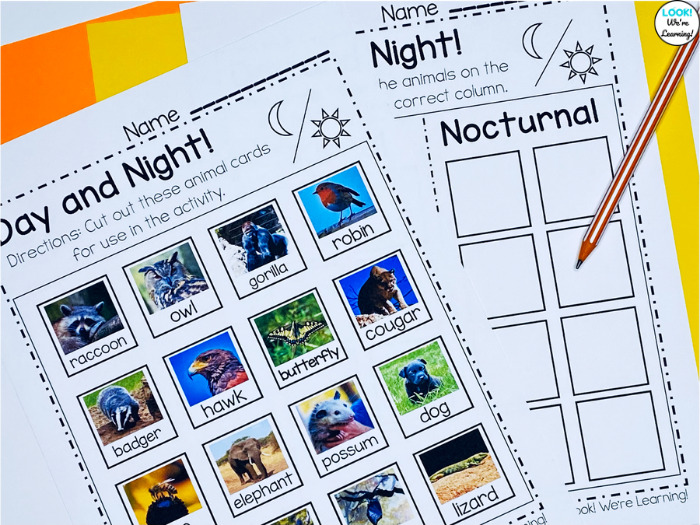
This resource includes picture cards of 16 animals: eight are nocturnal and eight are diurnal – in both English and Spanish.
Some of the animals in the product include:
- Hawk
- Gorilla
- Bee
- Raccoon
- Elephant
- Possum
- Butterfly
- Dog
- And 8 more!
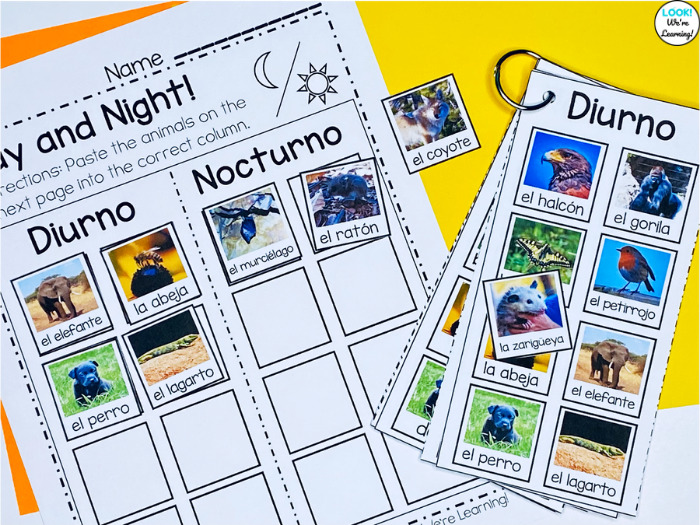
There are also sorting pages (in both English and Spanish) where students can classify animals according to whether they are diurnal or nocturnal.
The Spanish set includes a pronunciation guide.

A set of unlabeled picture cards is also inside!
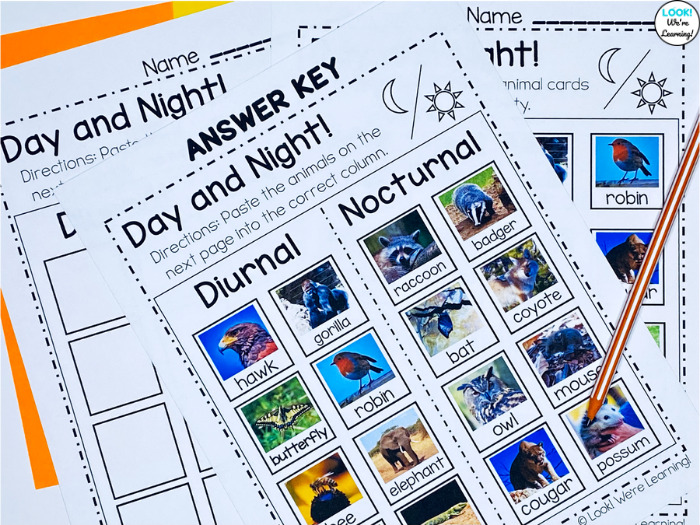
Plus, there’s an answer key included, as well as a full set of instructions.
How to Use the Diurnal and Nocturnal Animals Sorting Activity with Students
When you’re ready to use this resource with your class, here are a few ways you can include it in your lesson plan.
(Look at the included teaching script if you need an idea of how to introduce this topic.)
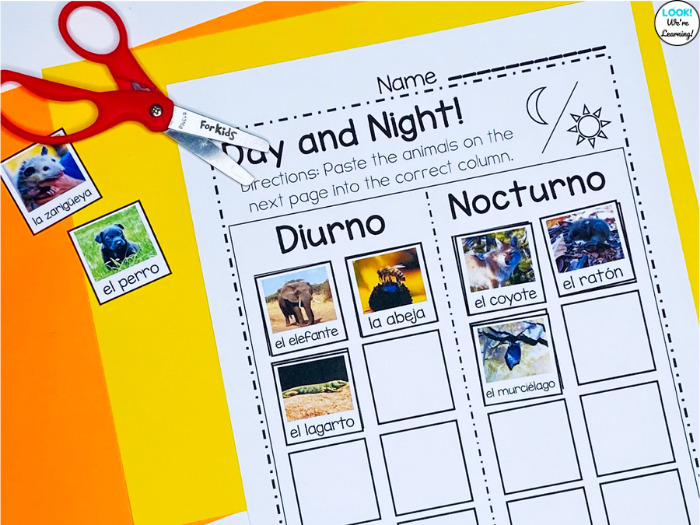
You can use this for a one-time learning Nocturnal and Diurnal Animals Sorting activity.
Just skip the laminating and have students cut and paste the animals in the correct column.
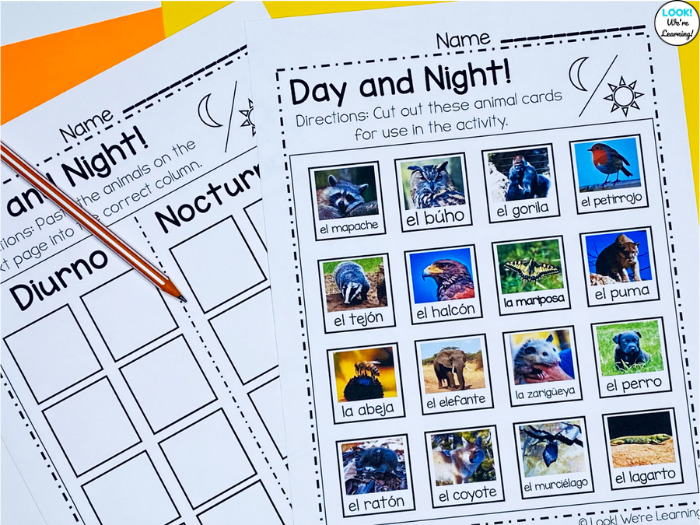
If you have Spanish-speaking students, let them use the animal cards and the sorting sheet with Spanish terms.
This is also great for early Spanish immersion classes.

If you have students who are practicing writing, use the unlabeled cards as a labeling activity!
Just laminate the cards and then allow students to write the animal names (in either language) with wet erase markers.
Or have the class help you label the cards by challenging them to spell each animal name out loud with you.
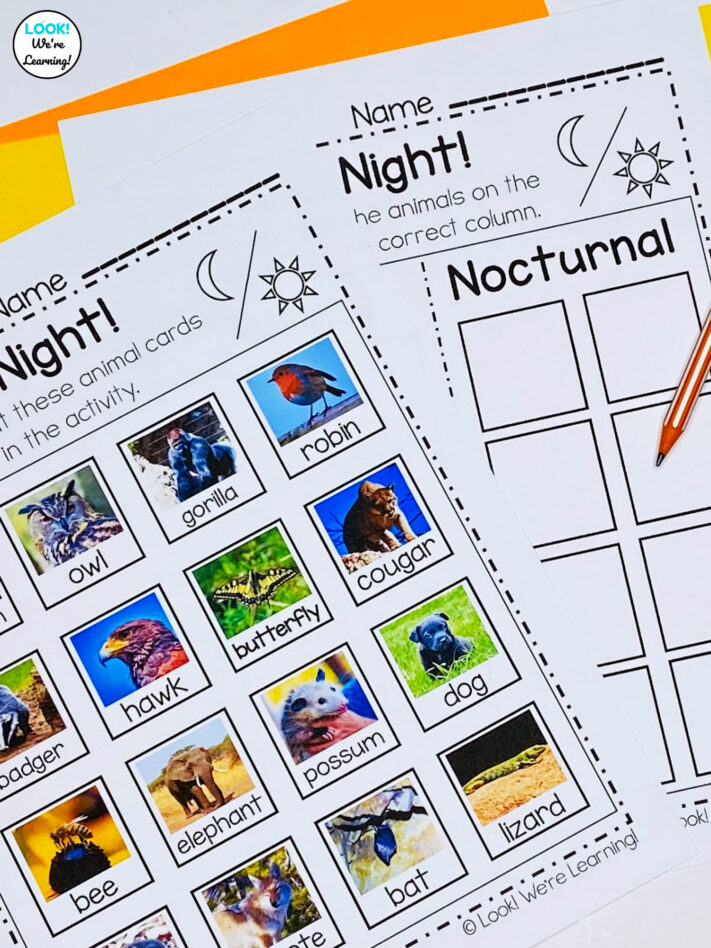
Use the unlabeled cards as a reference and let students name each animal on their own. They can then use the labeled cards for self-checking.
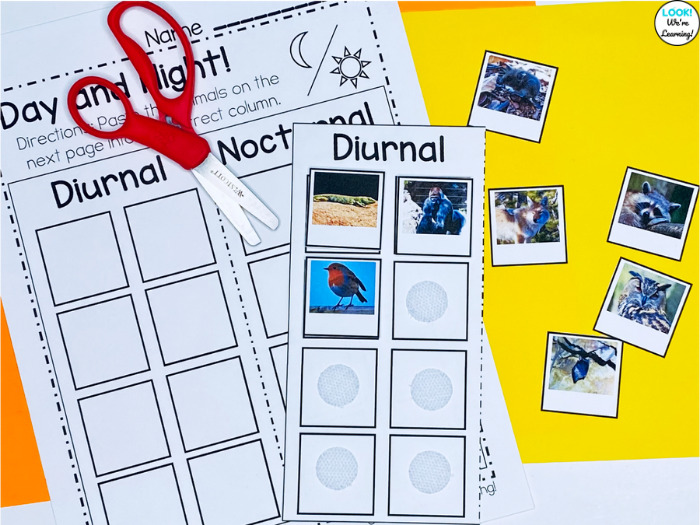
If you use it at science centers, add hook and loop coin stickers to the back of the cards. Cut each column apart and place them on rings.
Then add coin stickers onto the column squares so students can practice sorting the animals again and again.
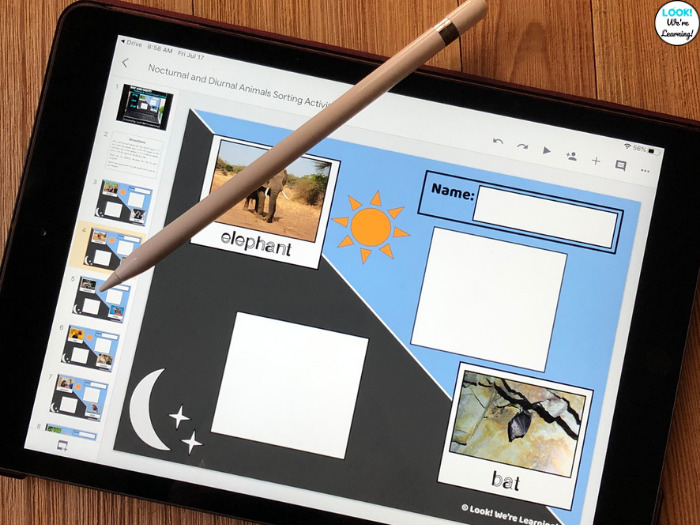
Are you distance learning? Use the digital version along with Google Slides!
Get a look at this resource in action below!
Kids’ Books about Nocturnal Animals:
Read more about nocturnal animals with these books for kids!
2. Where are the Night Animals? by Mary Ann Fraser
3. Moonlight Animals by Elizabeth Golding
4. Night Animals by Gianna Marino
Resources about Nocturnal Animals:
Learn more about nocturnal animals with these other learning ideas for early grades!
Bat Science Experiments: Echolocation Activities
Creating Growing Patterns with Nocturnal Animals
Nocturnal Animal Report: Hedgehogs
Bats in a Cave Sight Word Game
Nocturnal Animals Writing Tray and Word List
And don’t miss these other early science activities!
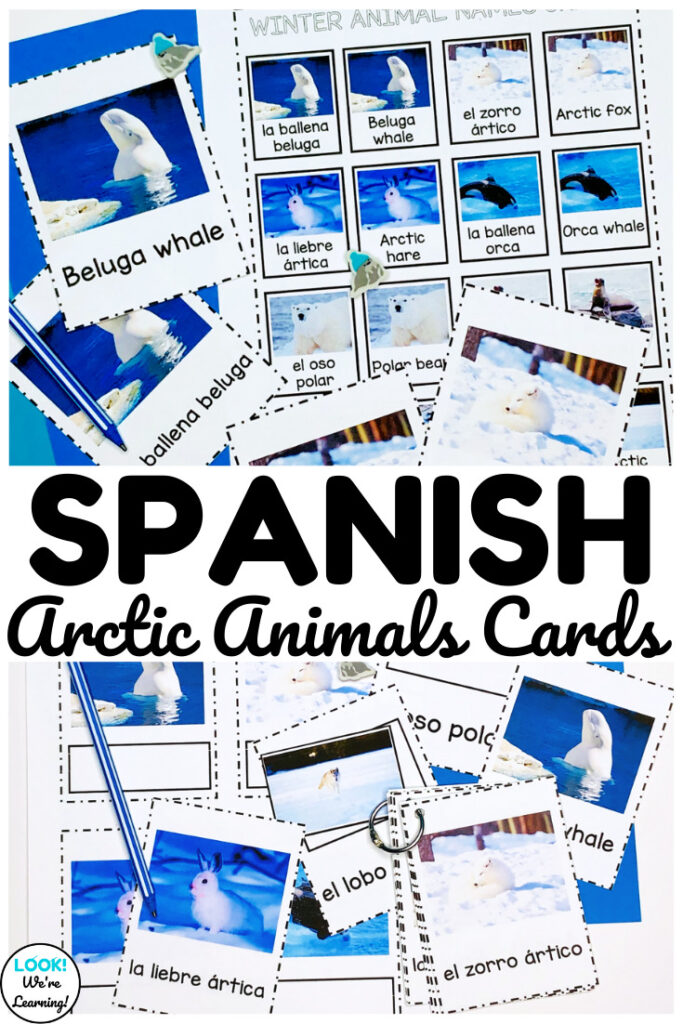
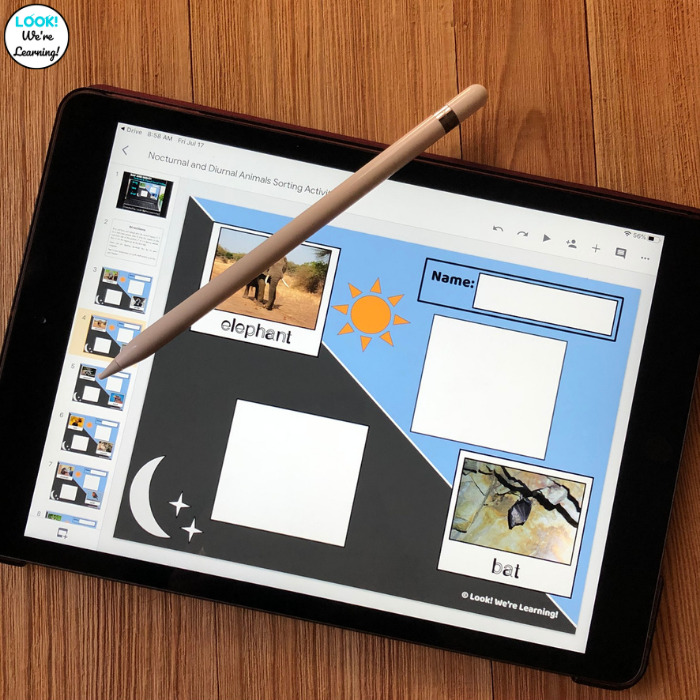
Pick up the digital version of this sorting activity in my Teachers Pay Teachers store! You can also get the print and digital versions together as a bundle!
>> Digital Nocturnal and Diurnal Animal Classification Activity <<
